During 2020, we all found ourselves somewhat limited in our ability to pursue our “usual” schedule of activities. Travel was limited, and for Katherine and I, a continuation of long-distance hiking projects in Europe had to be put on hold. Although we could do several interesting hikes in Washington, Oregon, and several long-distance tours with the old ALF Speedsters in Colorado and down the Pacific Coast Highway, we found ourselves with a considerable amount of the year spent closer to our home on Whidbey Island.
Our solution to this dilemma took several forms. First, we began a series of musical concerts at our home. (I saved video from one of those concerts as COVID CONCERT, in this Blog.)
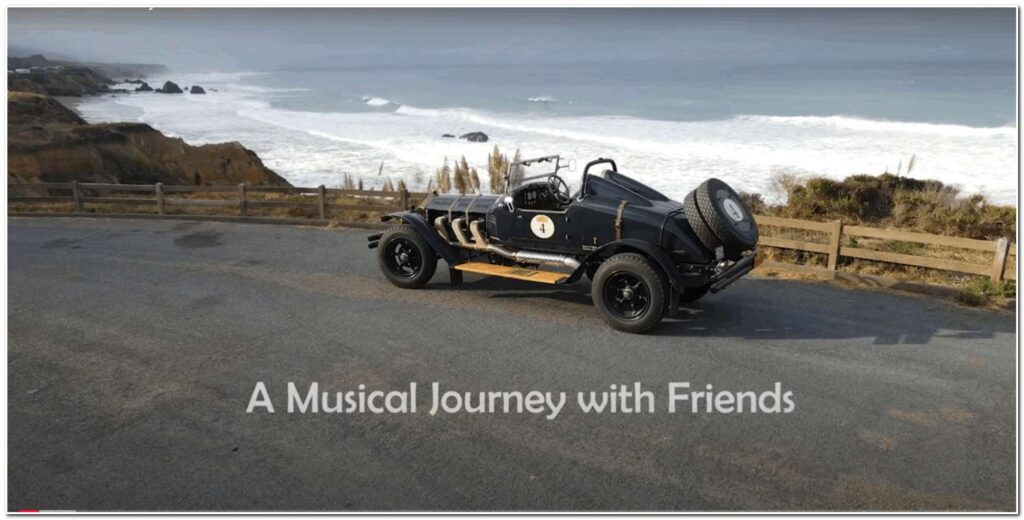
In addition to the Covid Concerts, I thought this would be a good time to develop an “artistic” compendium of the most significant Arctic Expeditions I was fortunate enough to be involved with during the 1970s and 80s. The first result was a two-volume, large-format set of books outlining these expeditions and displaying what I thought were the most compelling images.
I have already copied those books to my website for my followers to see. They are named:
Arctic Exploration in the Years 1978, 1980, 1981 and 1982
Volume 1 and Volume 2
They are available here. I hope you enjoy them.
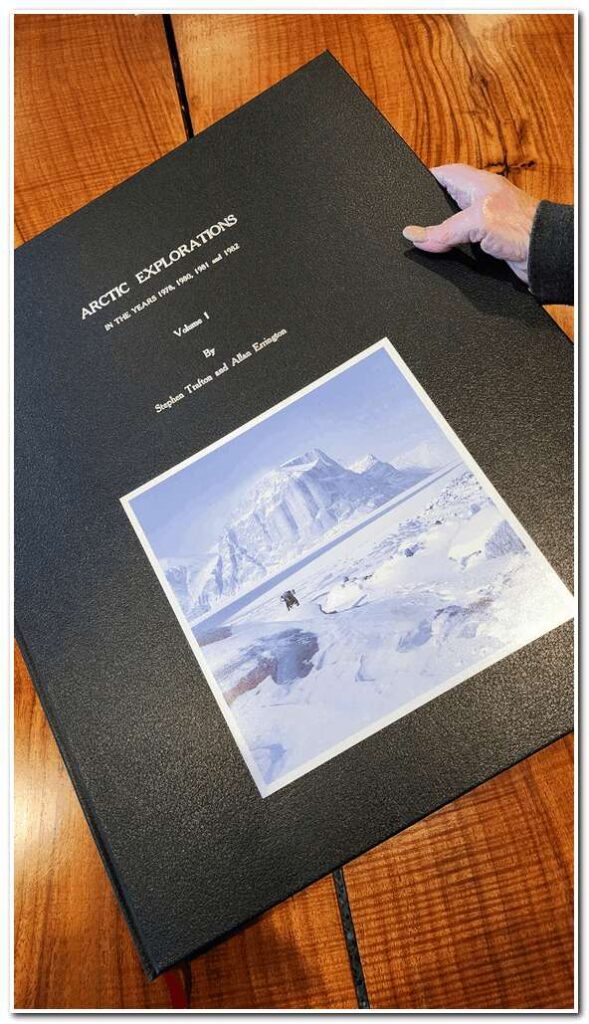

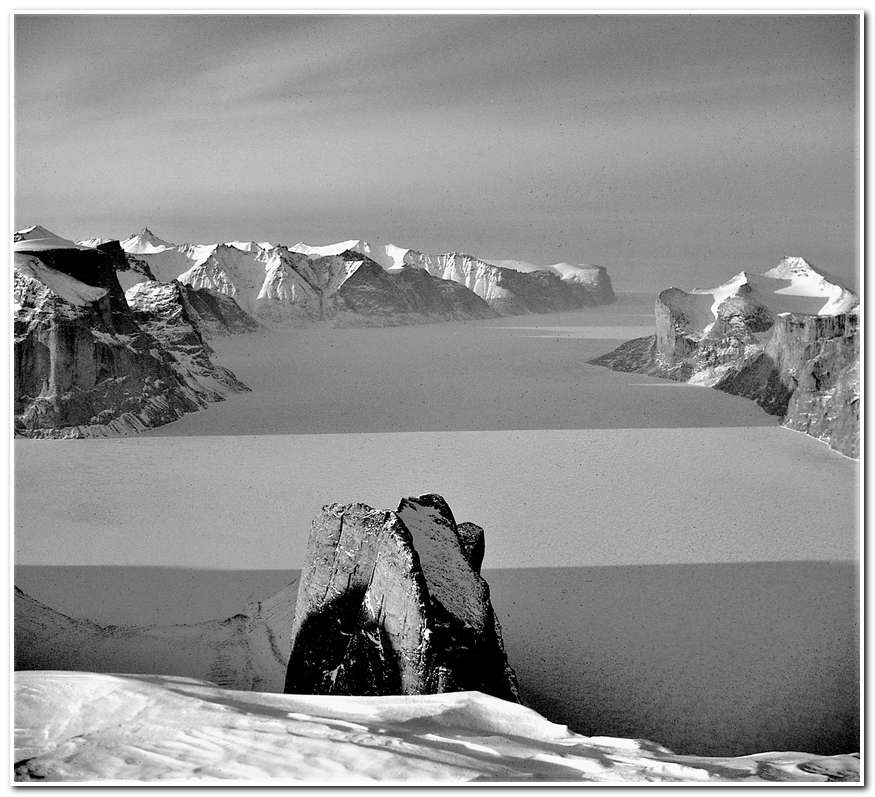
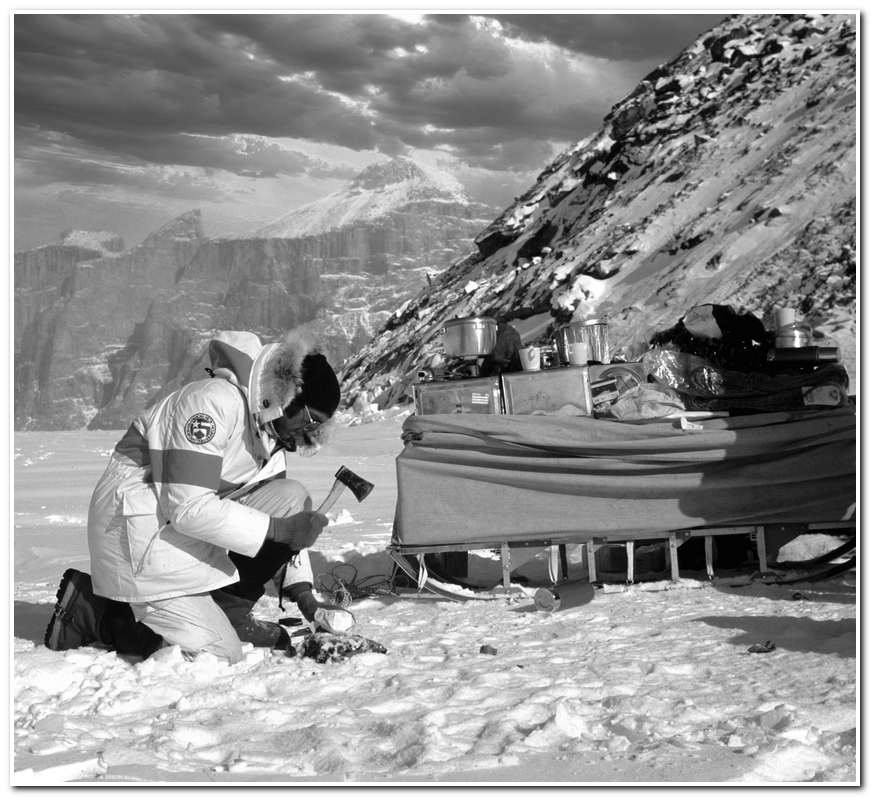

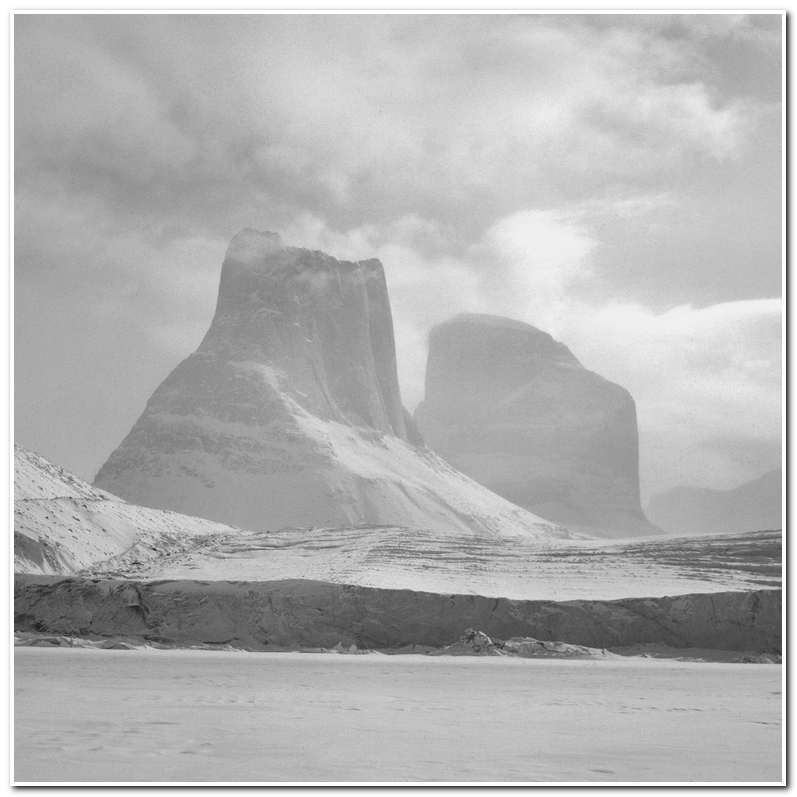
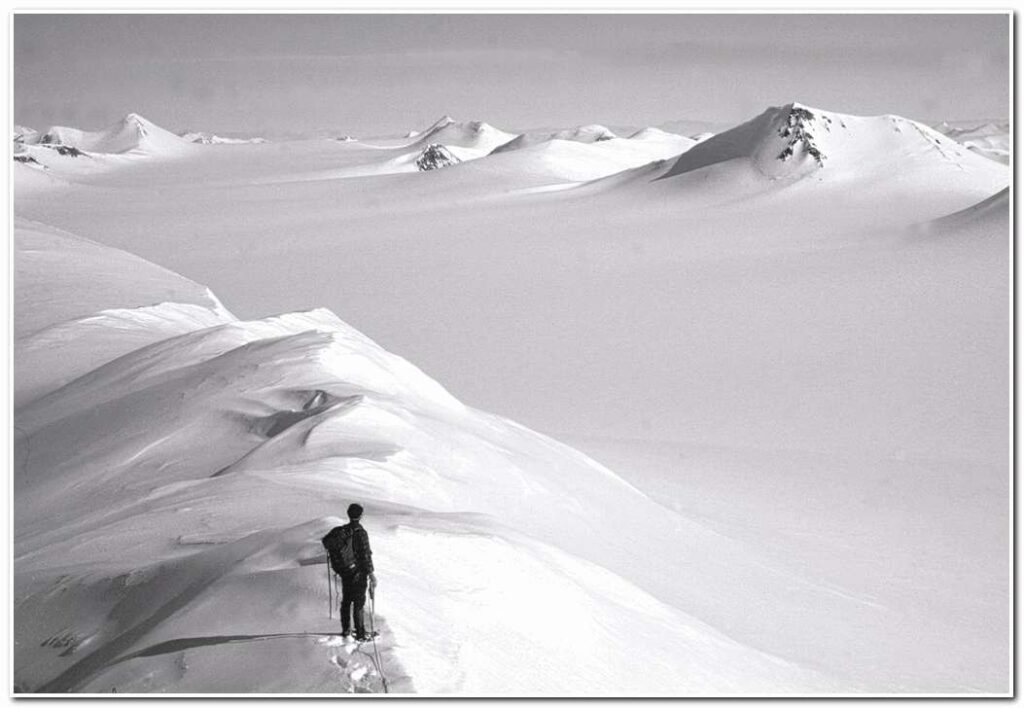
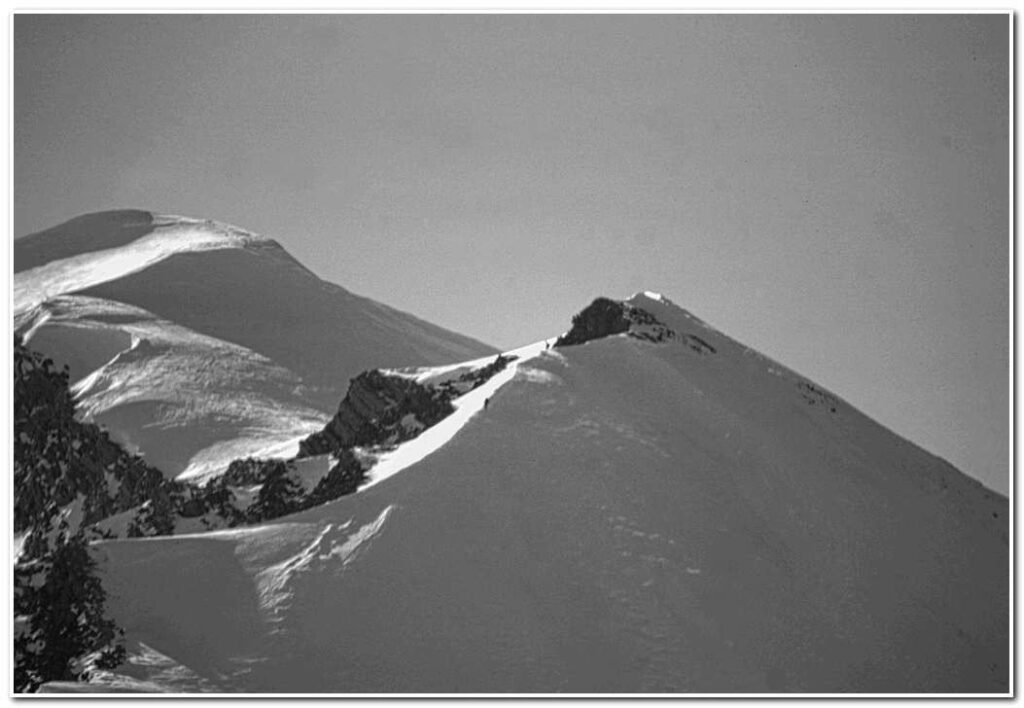
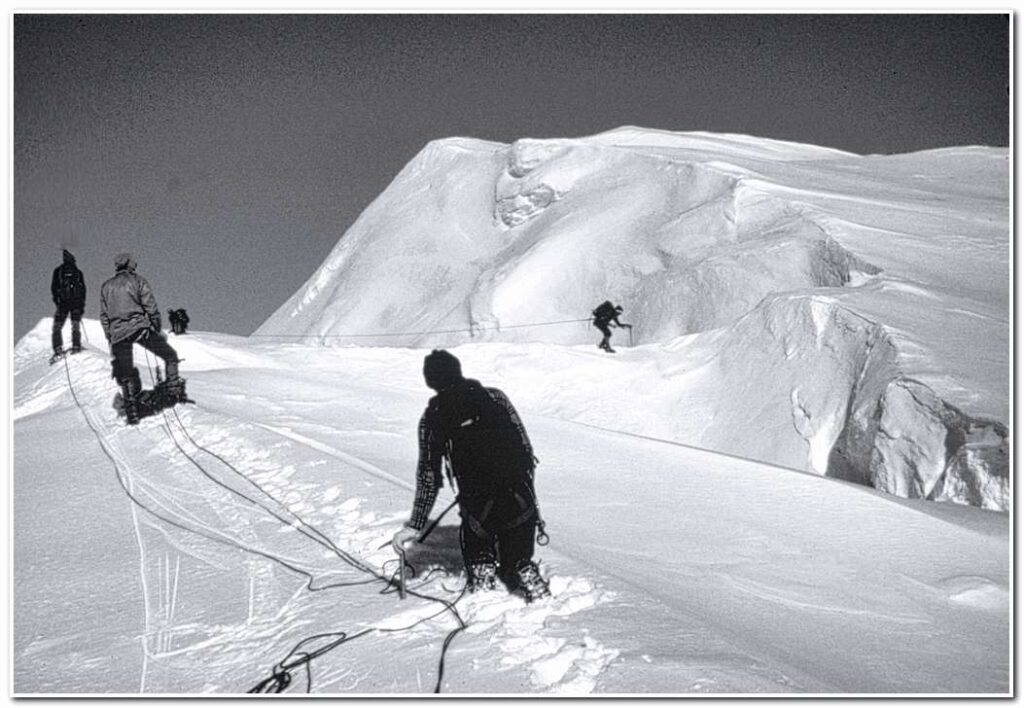
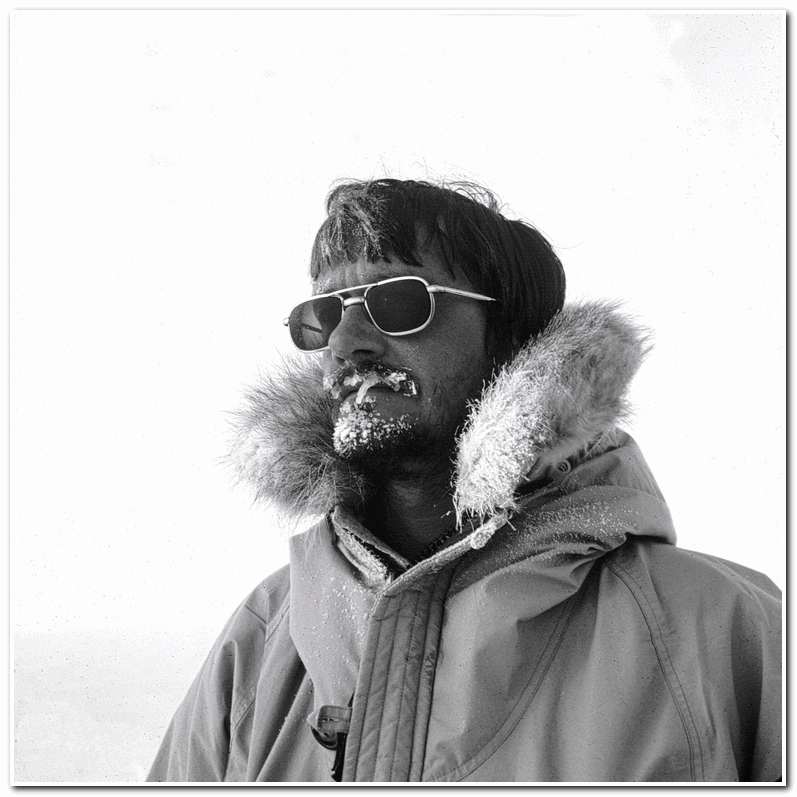
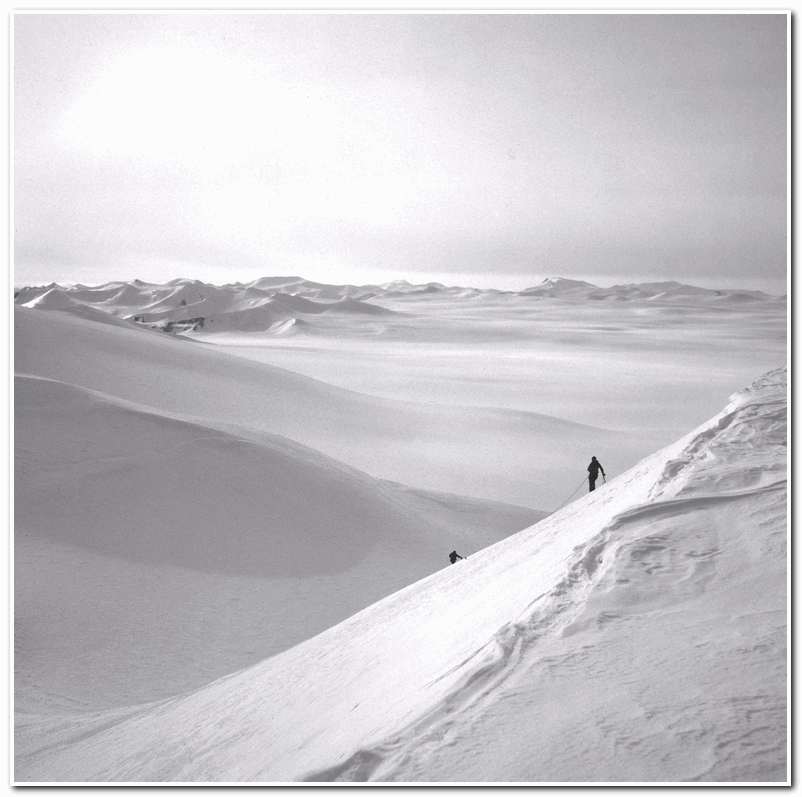
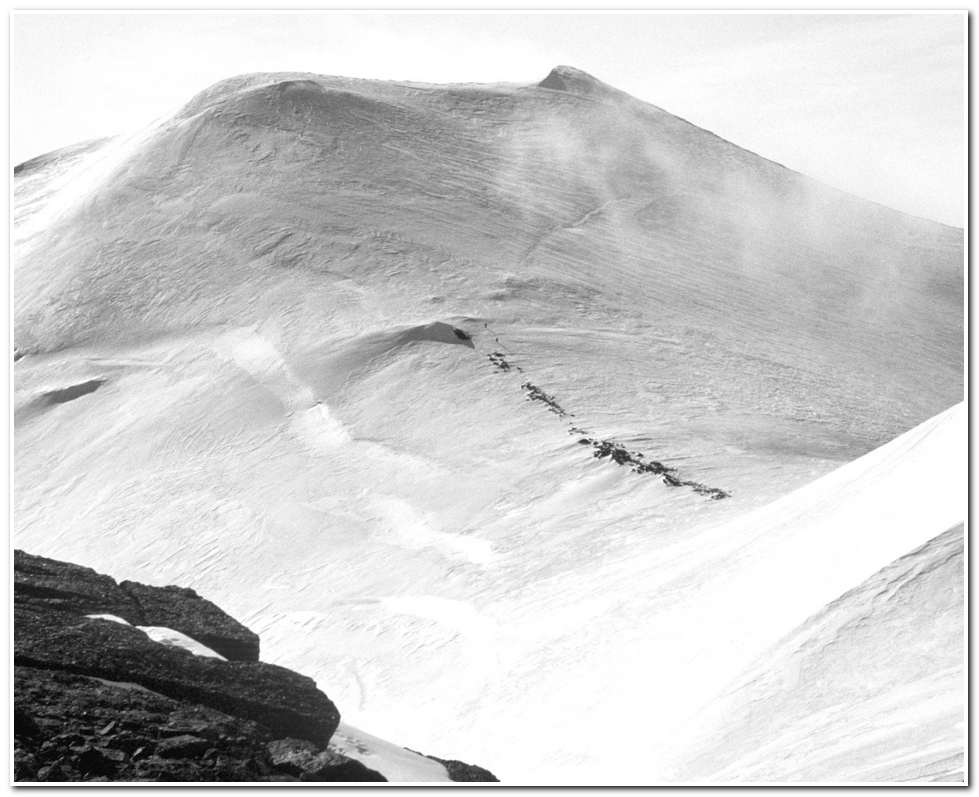
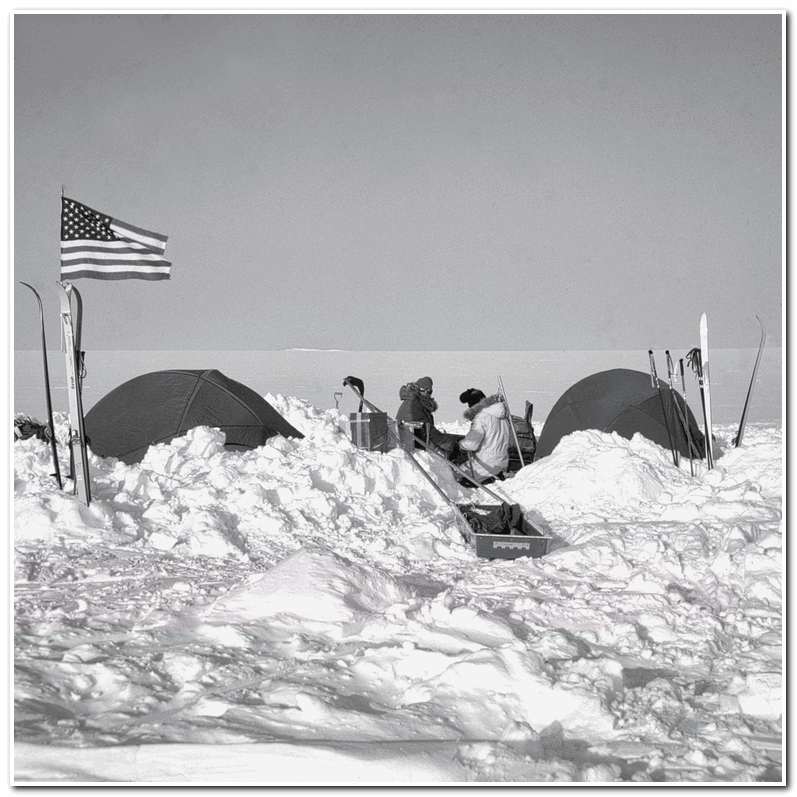

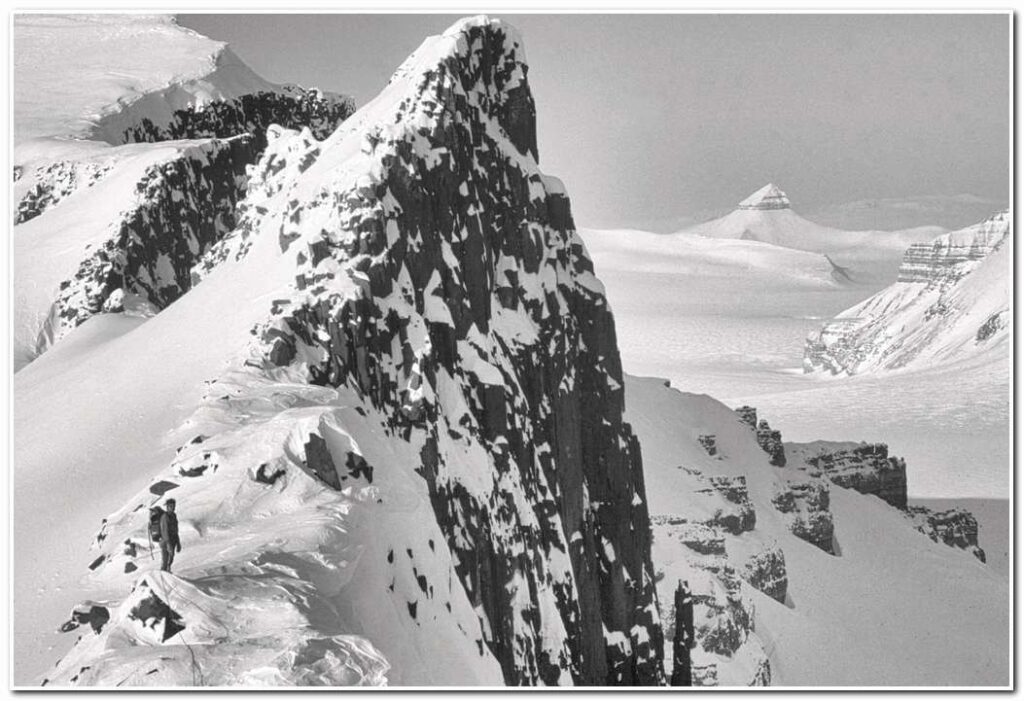


The next project which is called Swiss Alpine Hut Hikes in the Mattertal and Val d’Anniviers was one that I had often thought about, but I needed more time to undertake. I wanted to develop a large-format pictorial guide to the best alpine hikes in the Swiss Mattertal and Val d’Anniviers. The hikes described in the book range in severity from easy to difficult. I recommend anyone interested in hiking in the Alps consider any or all of these for their to-do list. This is a new entry to my site and is available here.
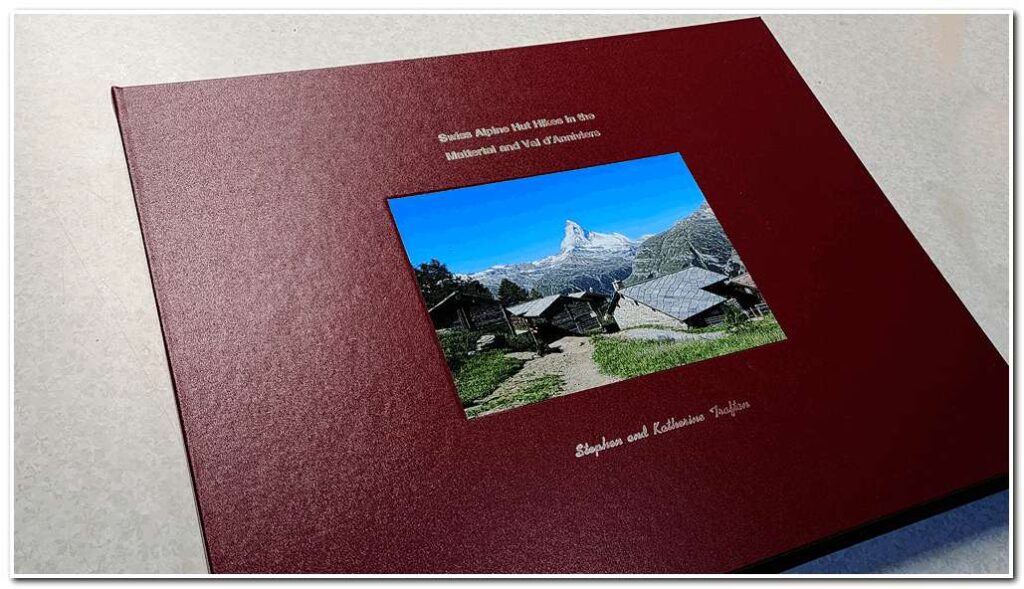
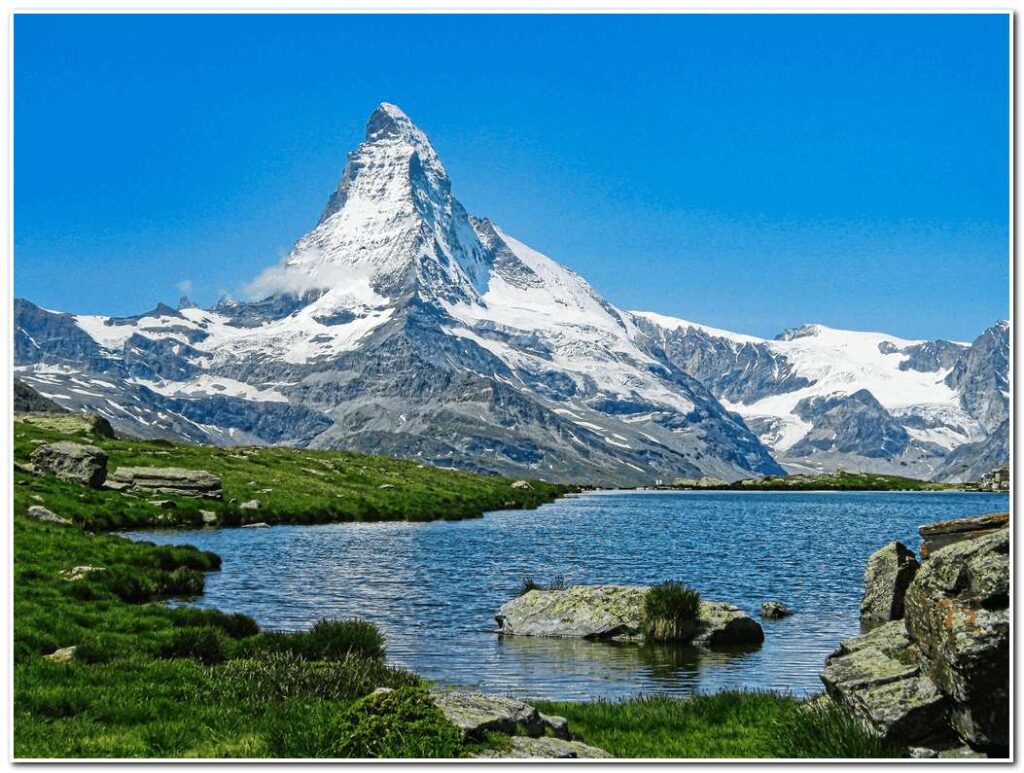
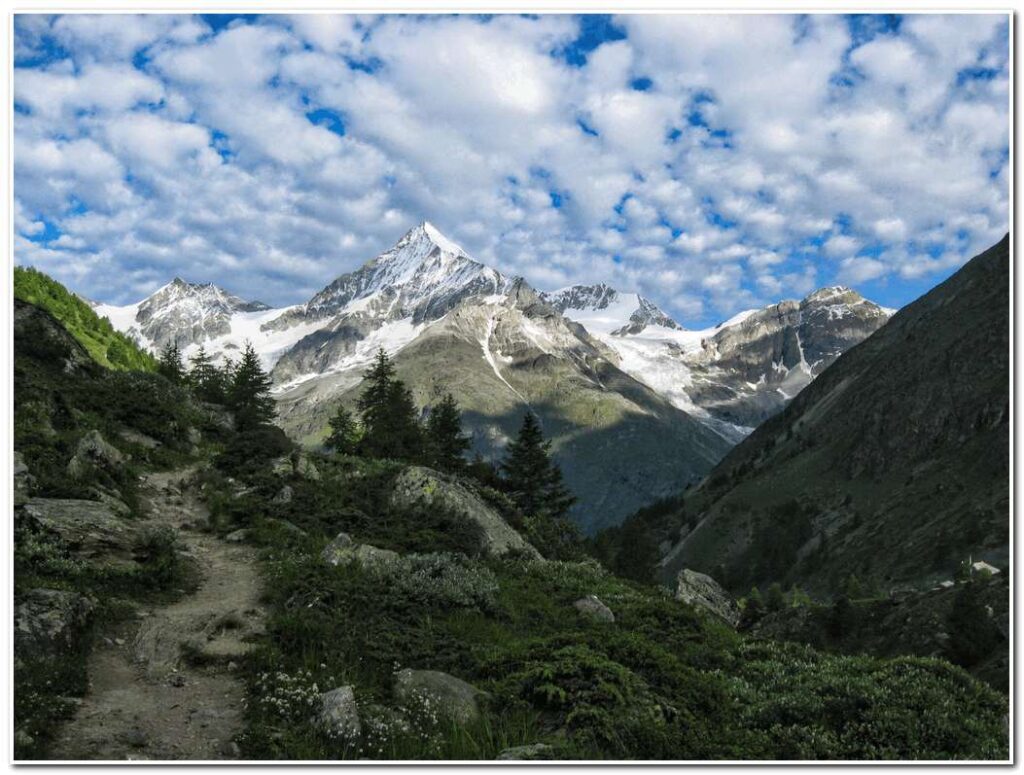
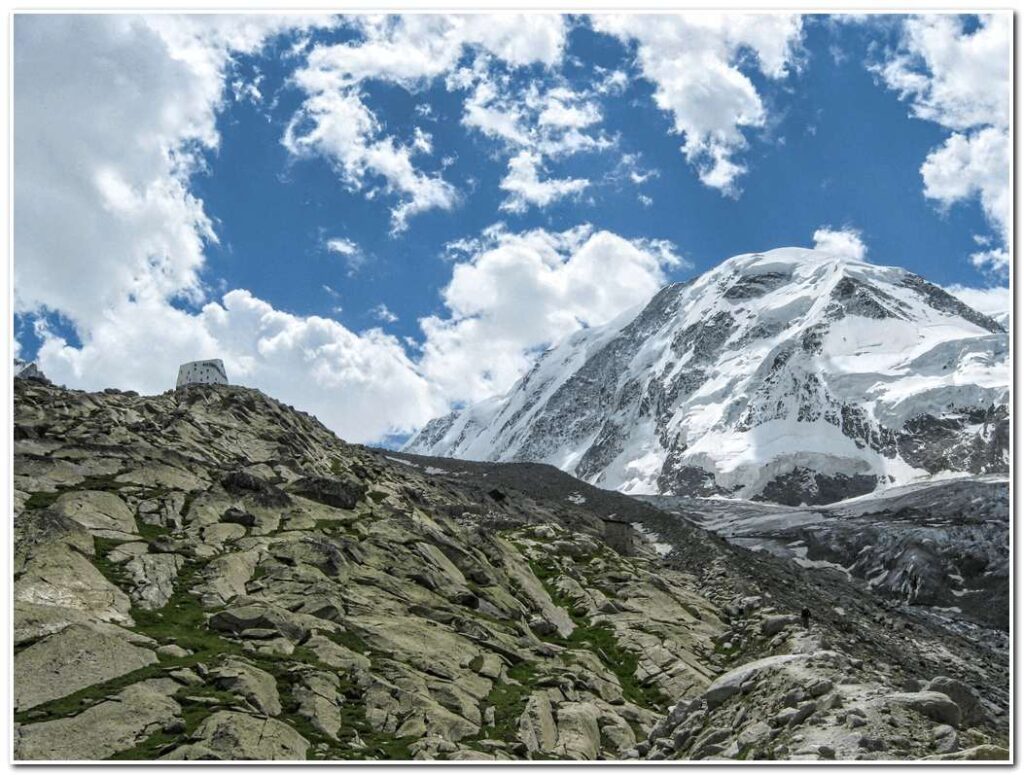
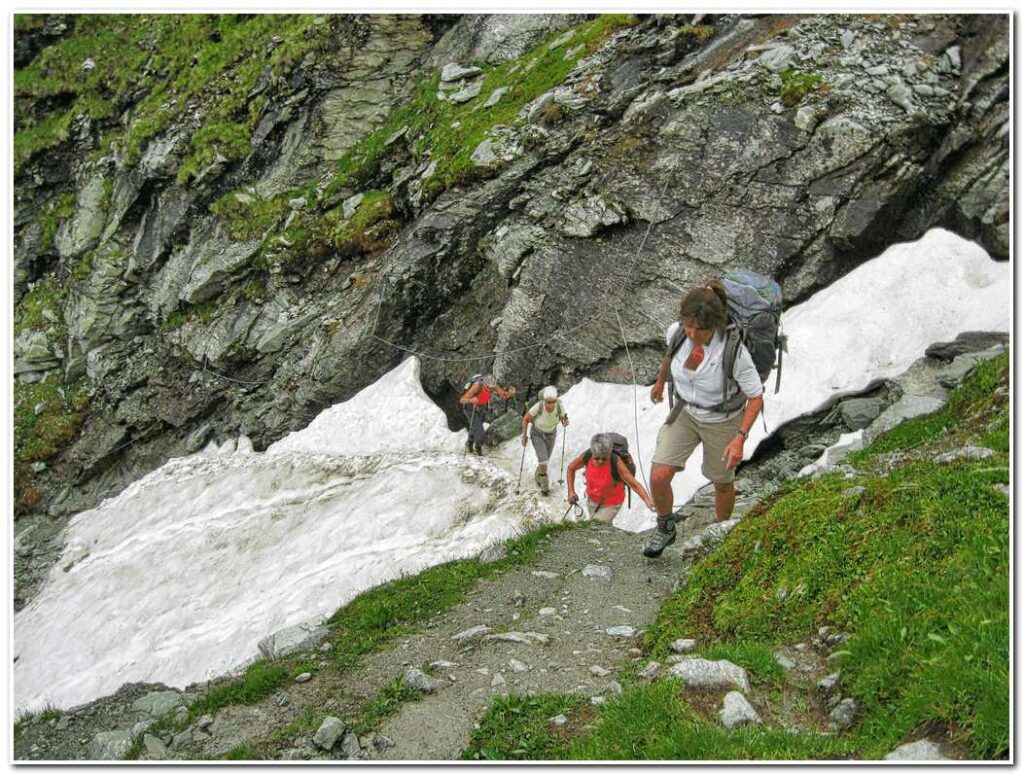
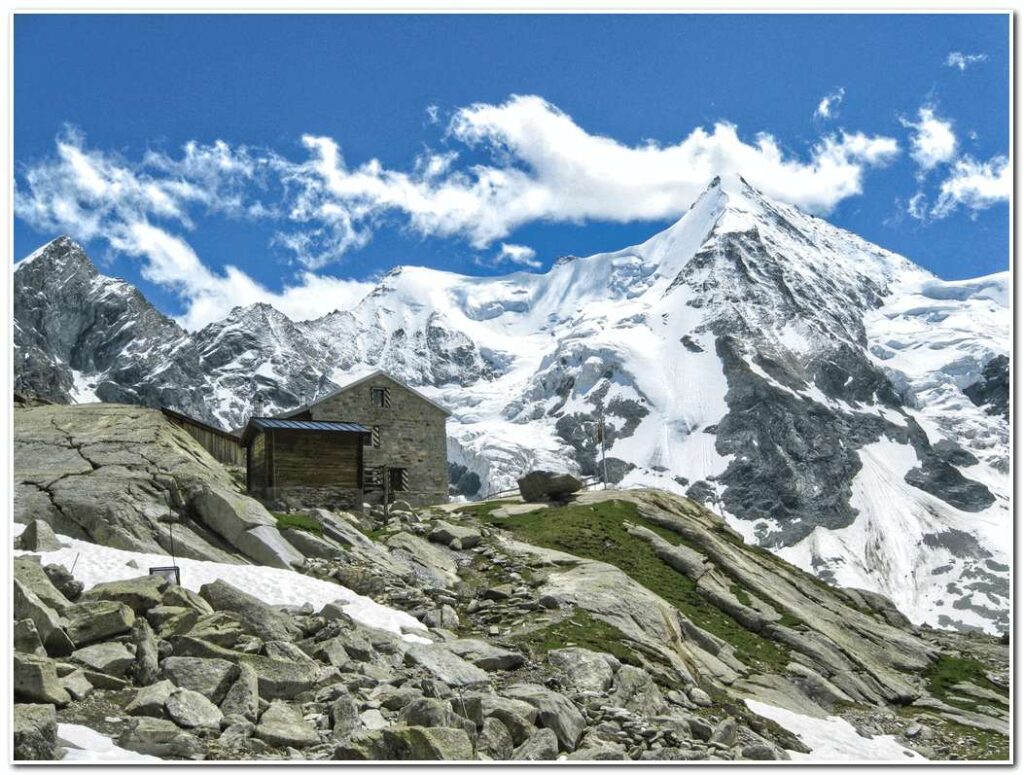
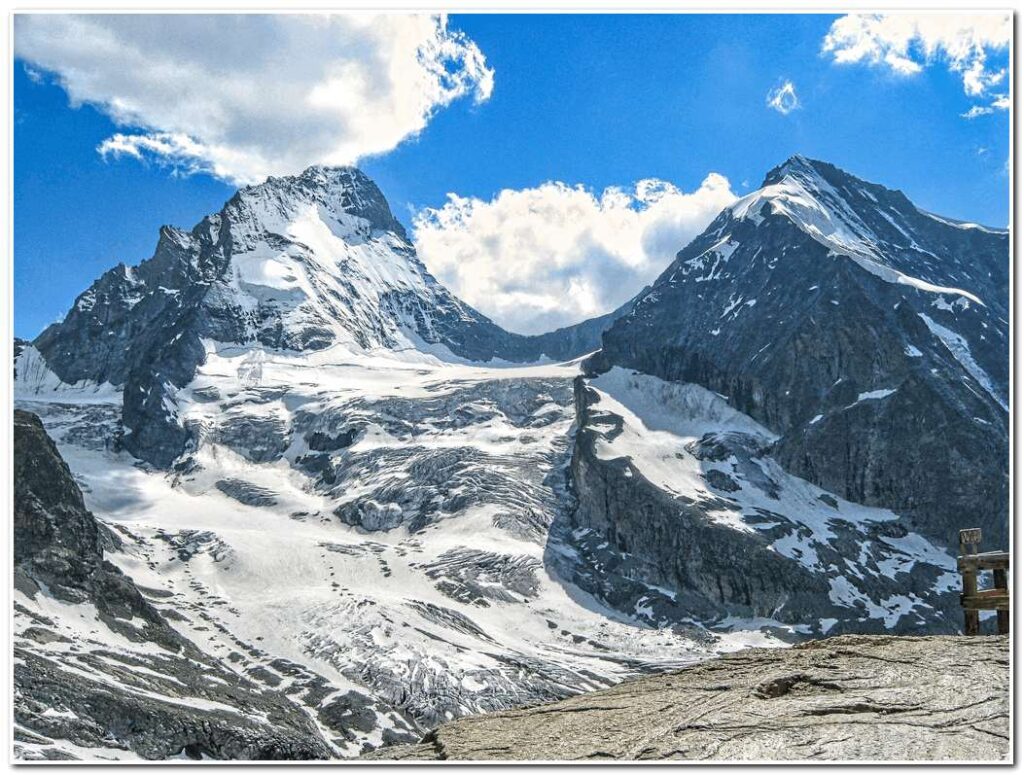
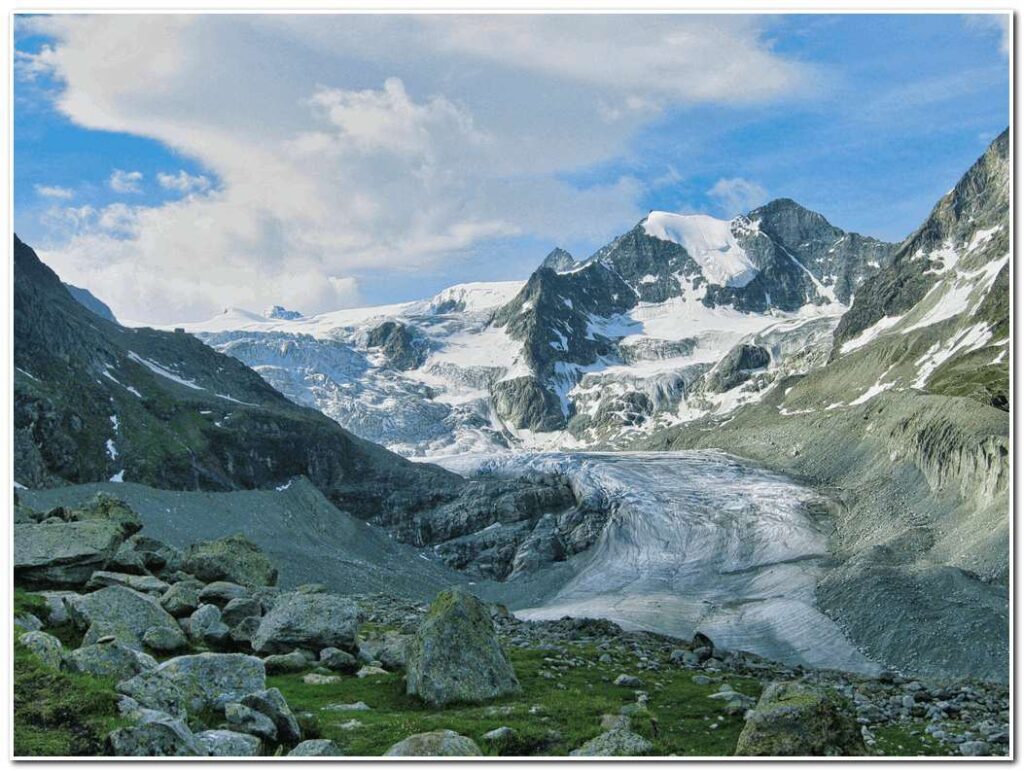

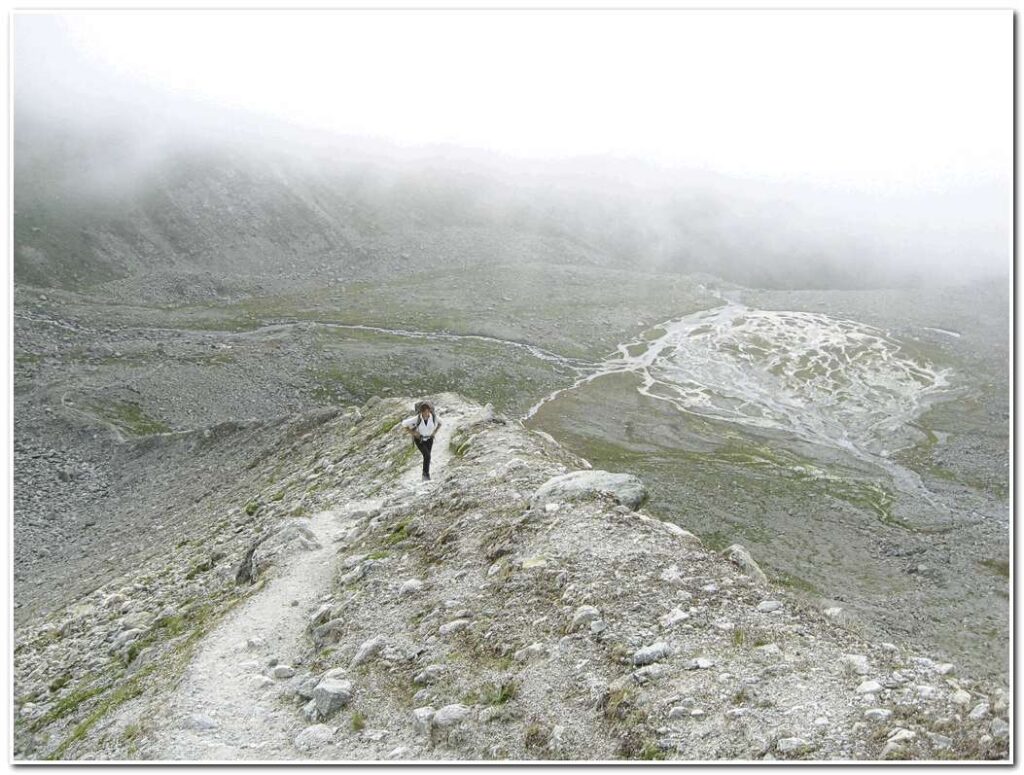
The third and current photo-journalistic endeavor I have wanted to do for a long time is now underway.
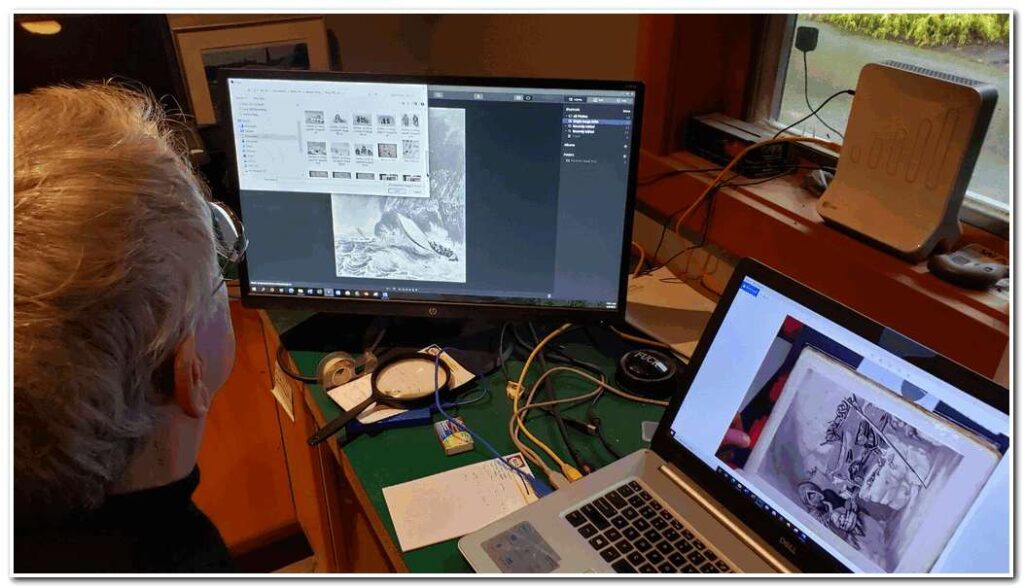
For the last 50 years, I have been an avid collector of First Edition Arctic and Antarctic Exploration Journals. These include Journals dating from as early as 1802 through the 1920s. A large portion of the collection encompasses the British quest to discover a Northwest Passage.
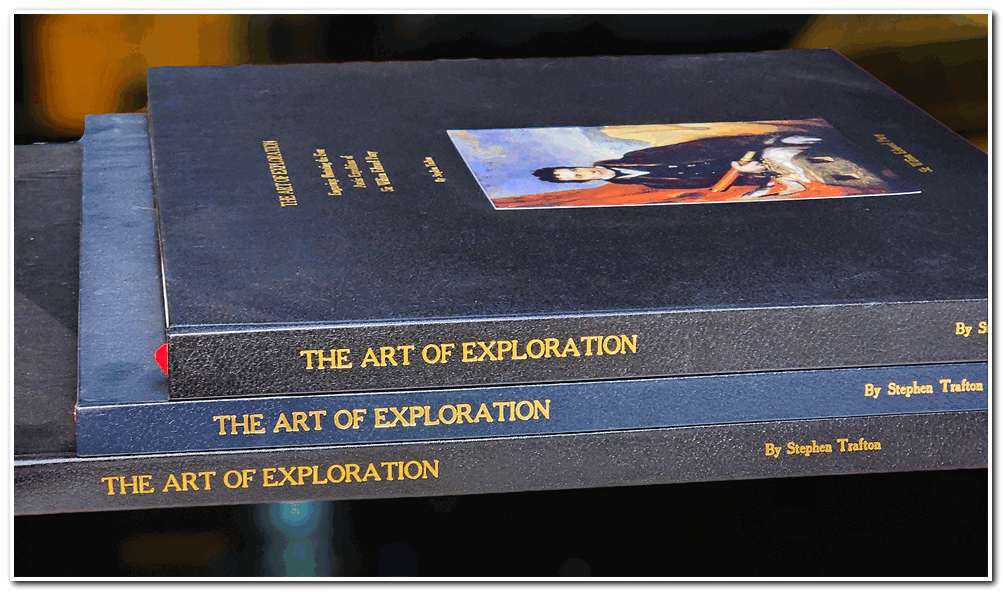
One of the things that makes these books so compelling is the engravings made from drawings by expedition members and included as dramatic visual documentation of these explorations.

Therefore, I have undertaken a project to photograph and refresh these 170 to 200-year-old published engravings and display them in a large-format book.
The first volume, which I hope to complete by April 2025, will be devoted to the four expeditions of Captain William Edward Parry:
Journal of a Voyage for the
Discovery of a North-West Passage
from the Atlantic to the Pacific
1819-20
Journal of a Second Voyage
for the Discovery of a
North-West Passage from the
Atlantic to the Pacific
1821-23
Journal of a Third Voyage
for the Discovery of a
North-West Passage from the
Atlantic to the Pacific
1824-25
and
Narrative of an Attempt
to Reach the North Pole
1827
This book, in particular, has a special meaning to me because Parry reached a latitude of 82 N, which I was also fortunate to achieve on our 1982 Expedition to the British Empire Mountain Range on northern Ellesmere Island.
As a technical side note, this project involves several steps:
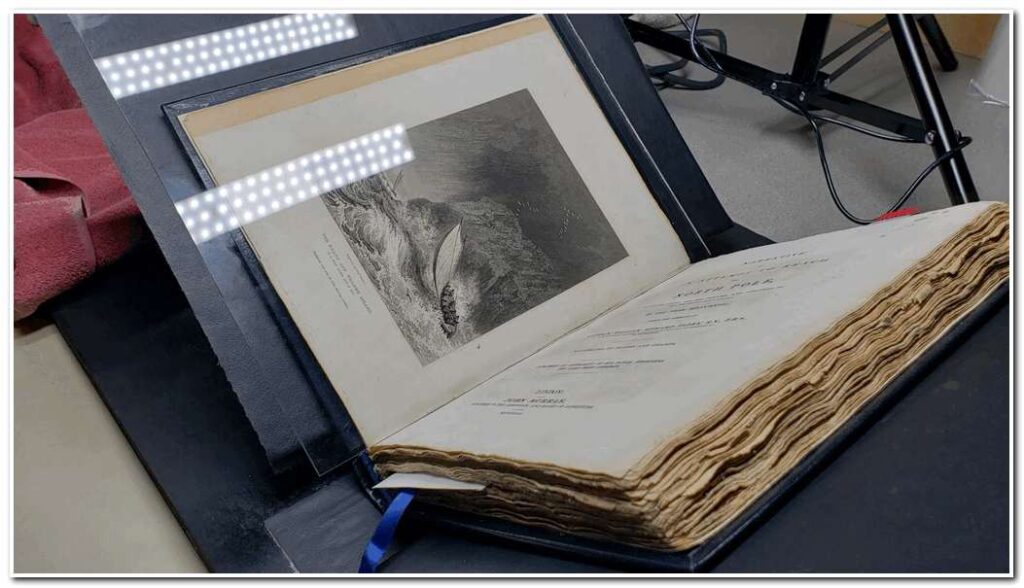
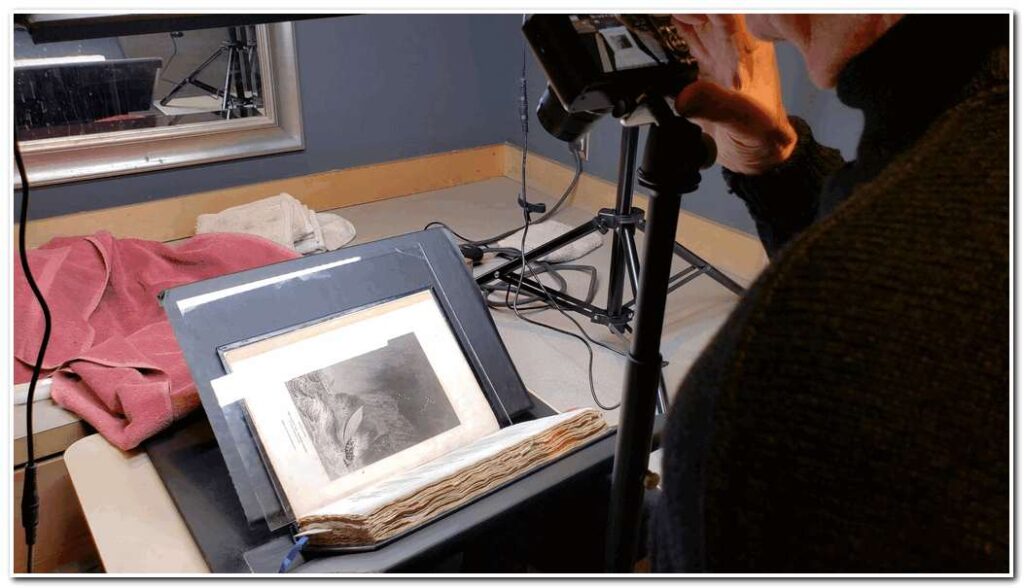
2. Process the digital images. I use an excellent photo processing program called Luminar NEO, which allows me to restore engravings digitally by correcting visual imperfections.

3. Insert the photo file into a Word document formatted to an 18h x 22w page, add the original captions in the original font, and test print for correct lighting.
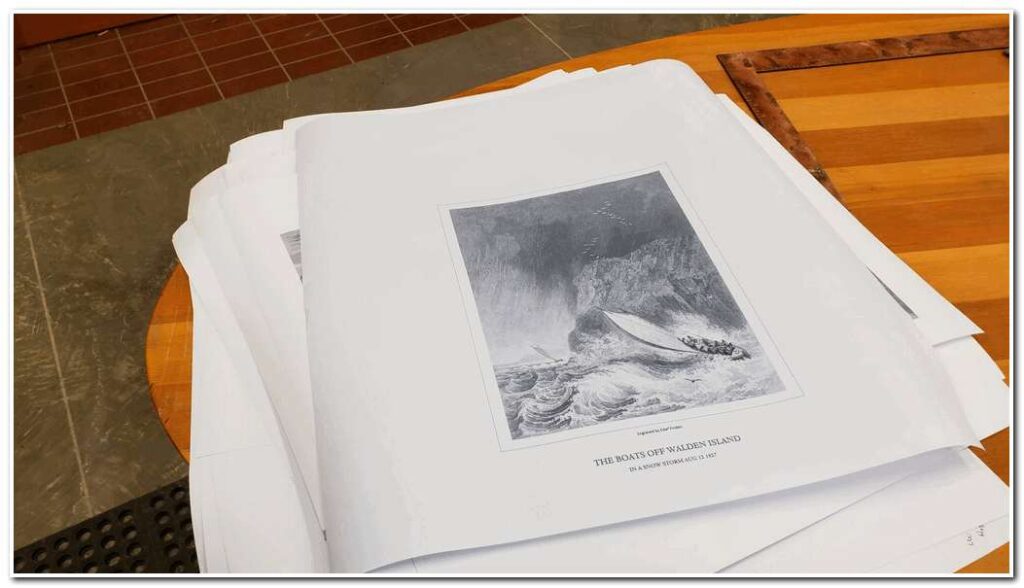
4. Write a short history of each expedition and develop maps to aid in understanding the context of the engravings.
5. Write an introduction on the history of the engraving process and its use in early 19th-century travel publications.
While there is no profit incentive for this obscure endeavor, I hope visitors to this website will enjoy the Art of Exploration.

As a car collector, you can never overlook the classic Rolls-Royce. Black Horse
Racing added four of them to its collection in 2023.
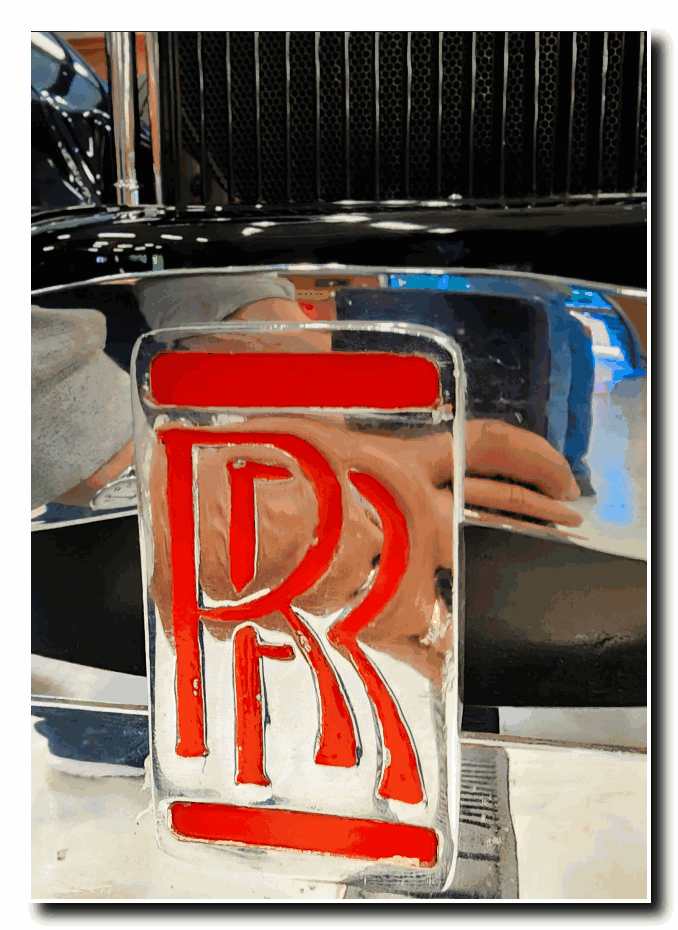
A 1976 green “Silver Shadow” (shown below)…
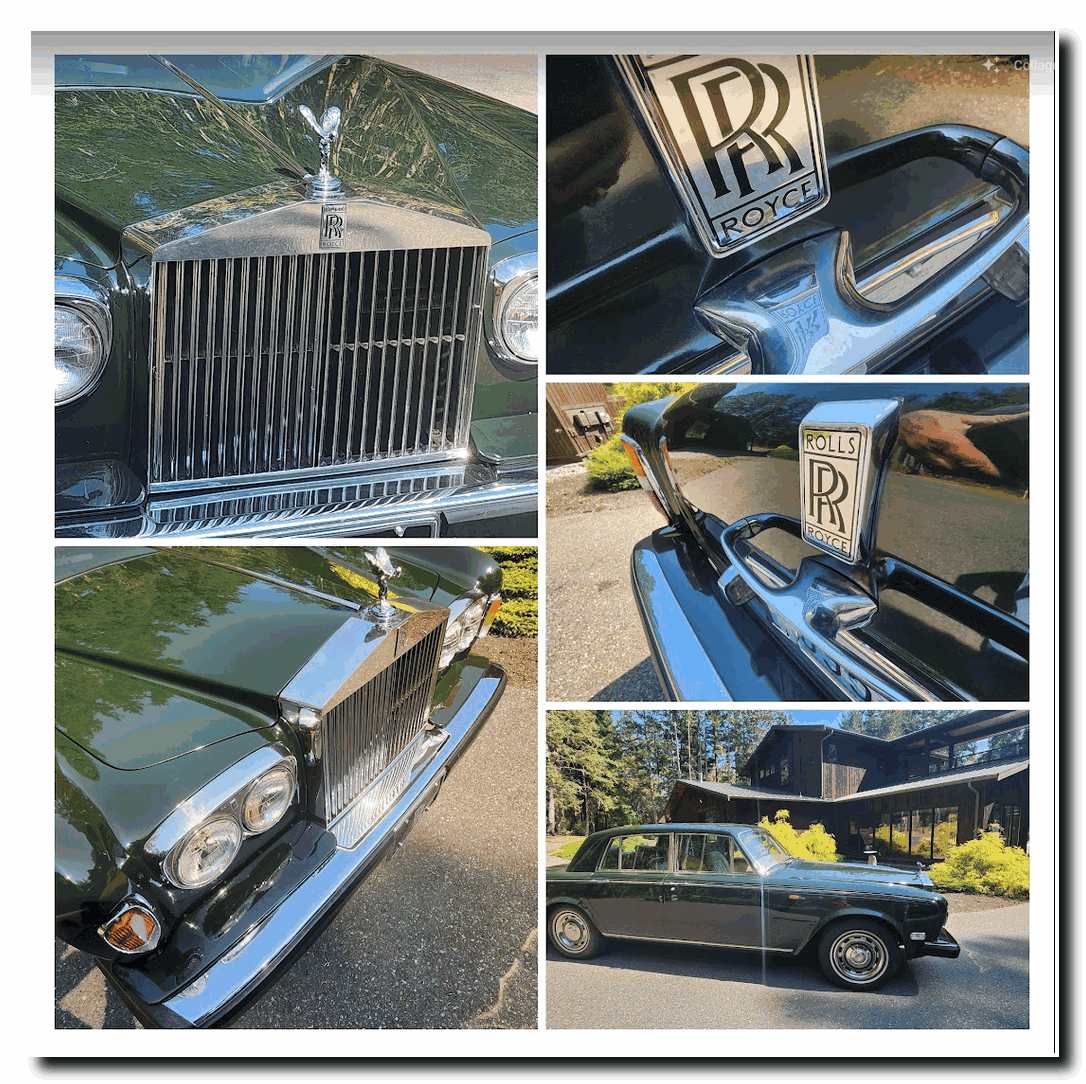
…and a 1984 silver and black convertible “Corniche.”
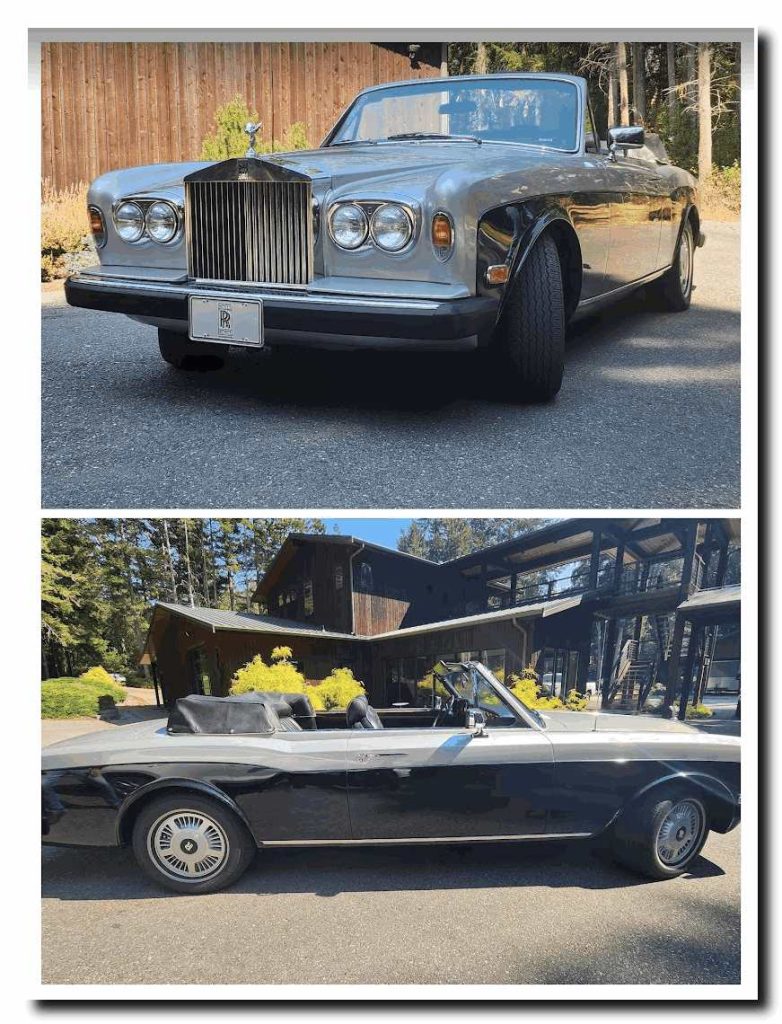
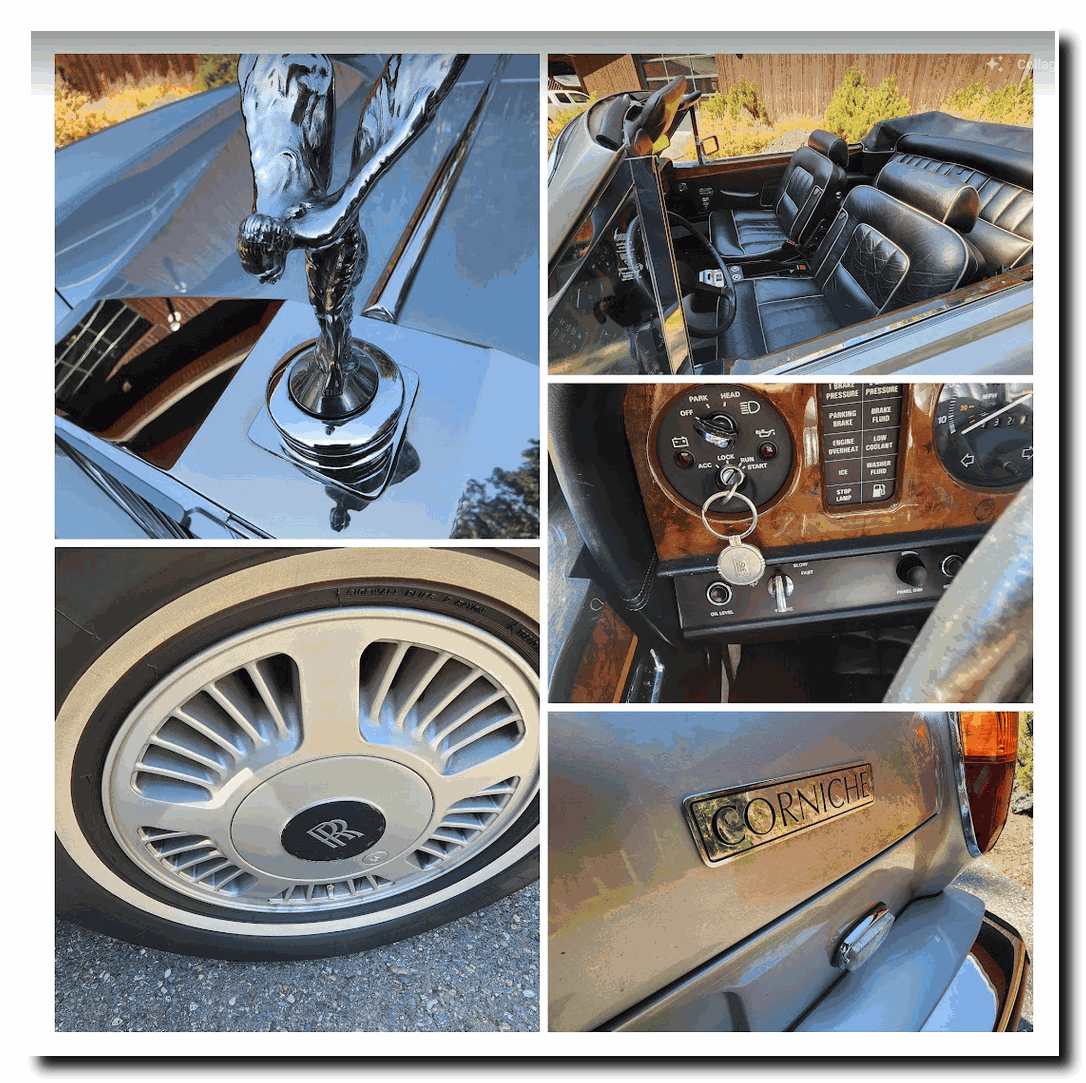
Steve and Katherine Trafton wanted to insure that the timeless luxury forever associated with the English brand of Rolls-Royce, is preserved for all to see.
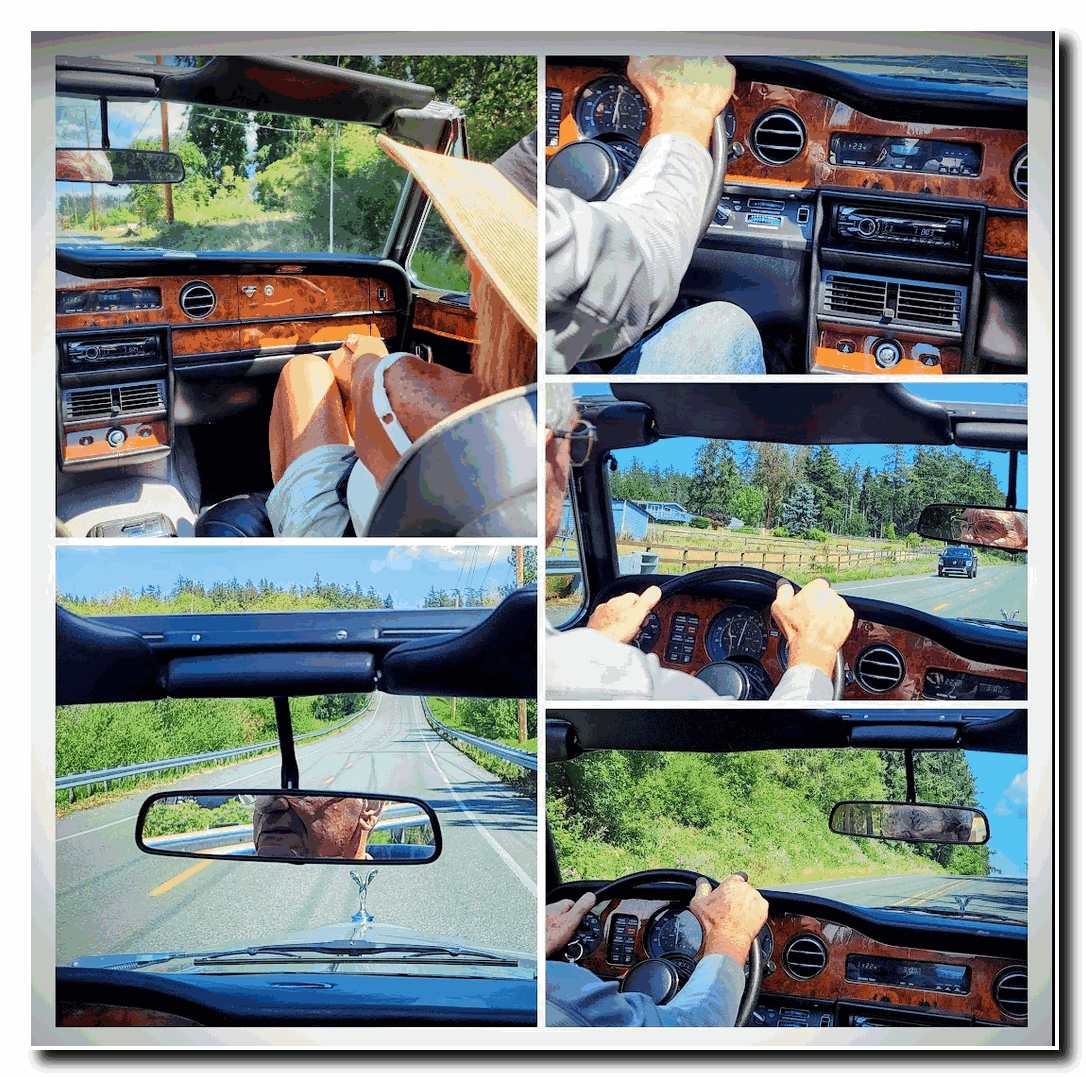
The Traftons liked the new automobiles so much that they added two more to the car collection. These two pre-war vehicles, in mint condition, joined the collection to share spaces next to other classic vehicles at Black Horse Racing (some of which are shown in other pages of this website). The newest additions, both Rolls-Royce Phantom I models, were acquired in July of 2023, and they both have intriguing histories.
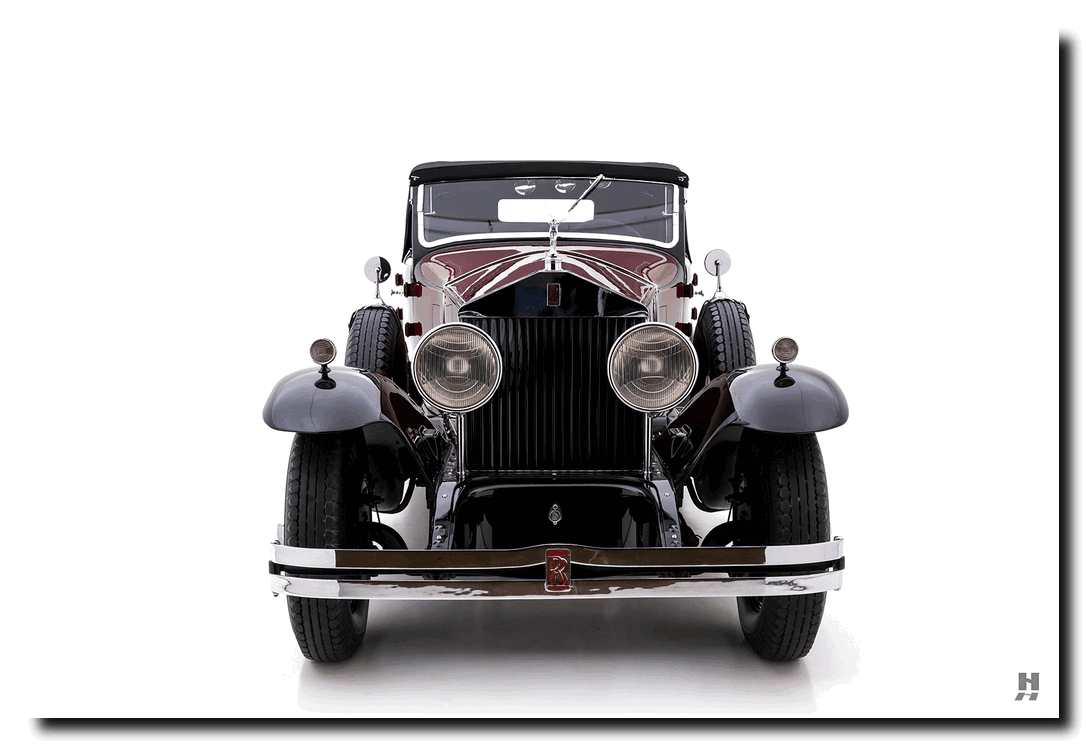
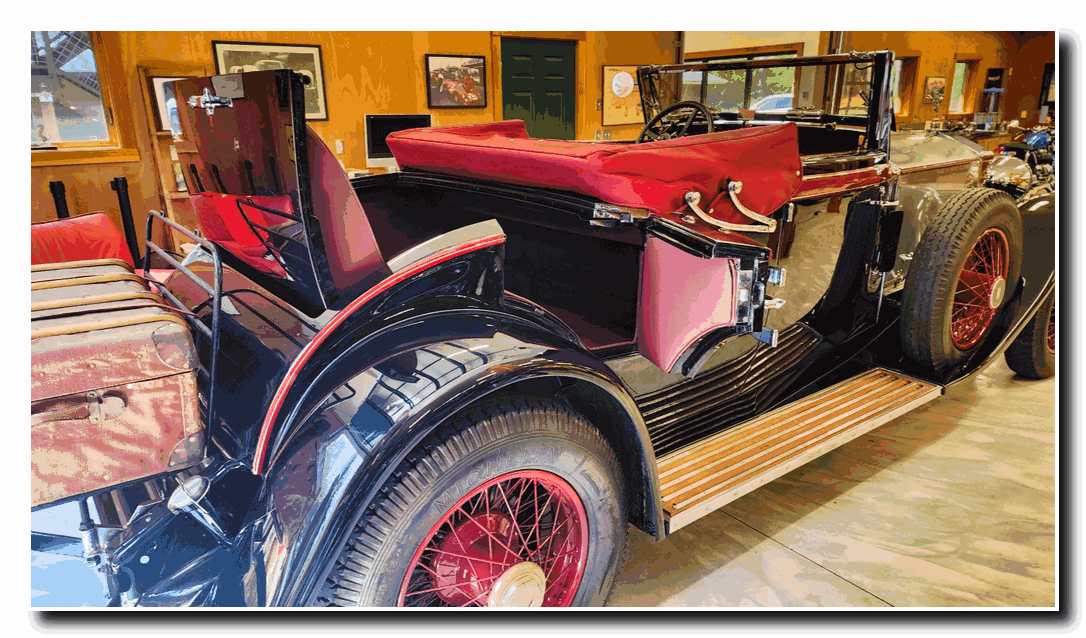
The 1929 Rolls-Royce Phantom I Dual Cowl Phaeton was actually built at the (now closed) Springfield, Massachusetts Rolls-Royce plant. Both vehicles are nearly a hundred years old. The U.S. plant was originally built to accommodate Americans who asked for faster delivery, custom changes, and lower import taxes on their vehicles.
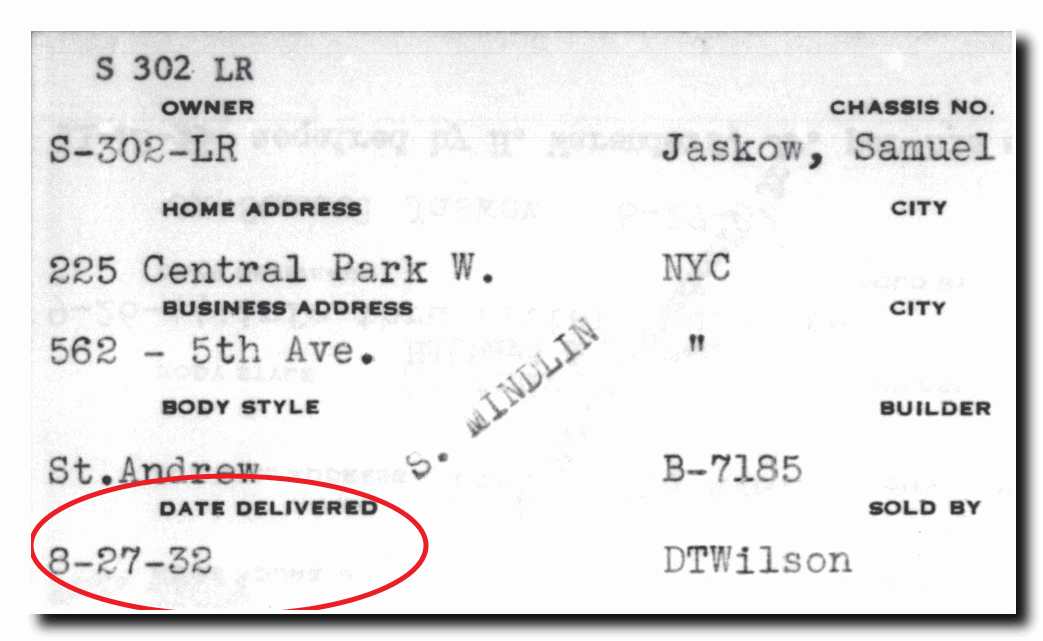
Originally delivered to Samuel Jaskow in 1932, five East Coast owners from New York to Palm Beach, gave title to this vehicle over the next nine decades. Typically, they spared no expense to regenerate its upkeep. Over the past 25 years, this 1929 Rolls Royce Phantom I has been the crown-jewel of the Howard “Dutch” Darrin collection before it was shipped to Trafton’s shop. Red Car Restoration of Rockwall Texas refreshed the undercarriage and restored the fuel system of the car before delivering it to Black Horse Racing on Whidbey Island, Washington.

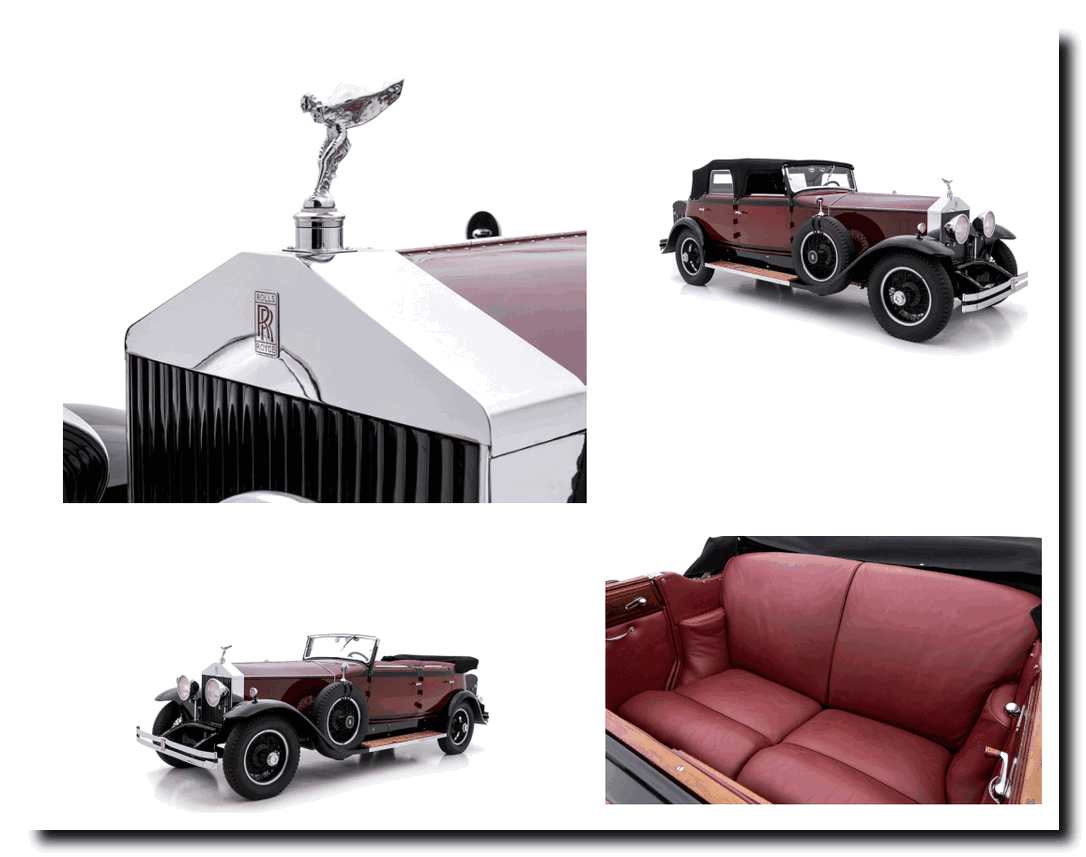
This car’s front and rear fenders are the only body pieces composed of steel. The rest was hand-formed sheets of aluminum wrapped around a wood structure. Of course, the Rolls cabin and exterior are highly detailed with exquisitely fine hardware and inlaid woodwork throughout.
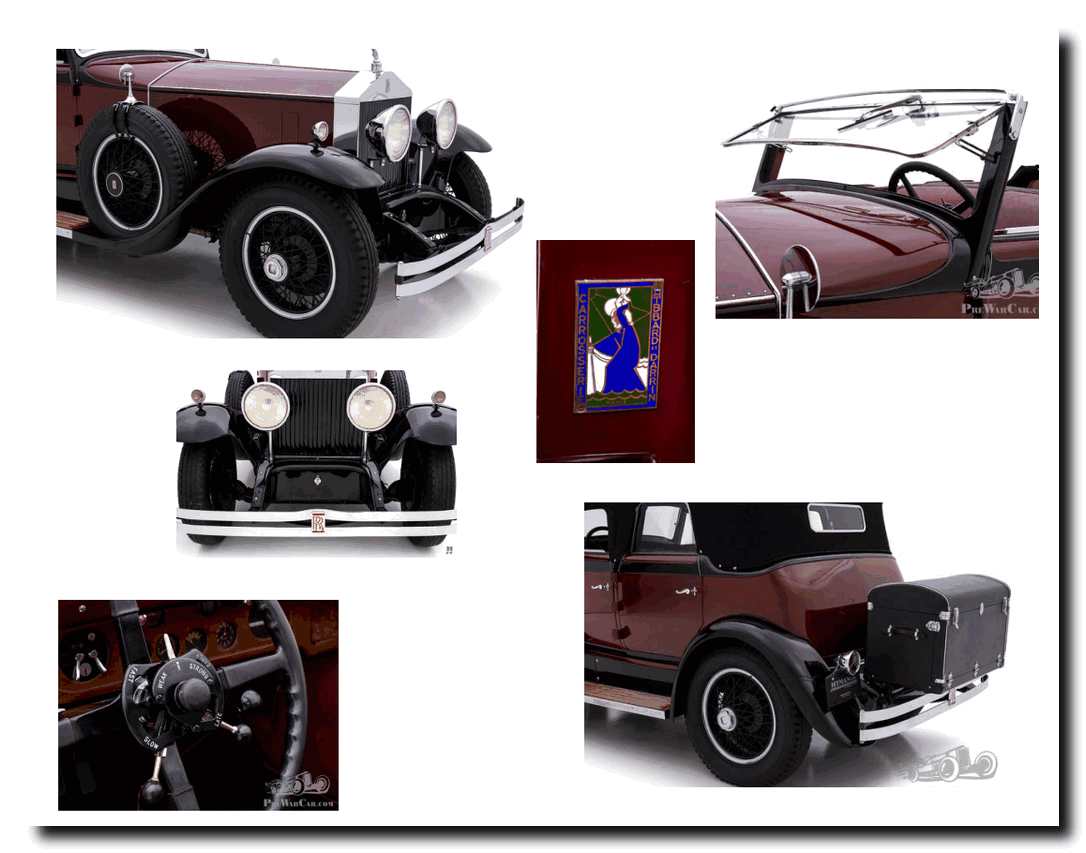
This rare Rolls Royce convertible sedan is a six cylinder 3 speed manual drive. The new model line was launched in 1925 and followed the previous 20 years of production for the famous Silver Ghost model. The new model-upgrades showed a third more power and better braking ability. Specialist coachbuilders of the day gave it a handsome, elegant body style with a red leather interior that matched the exterior hue.
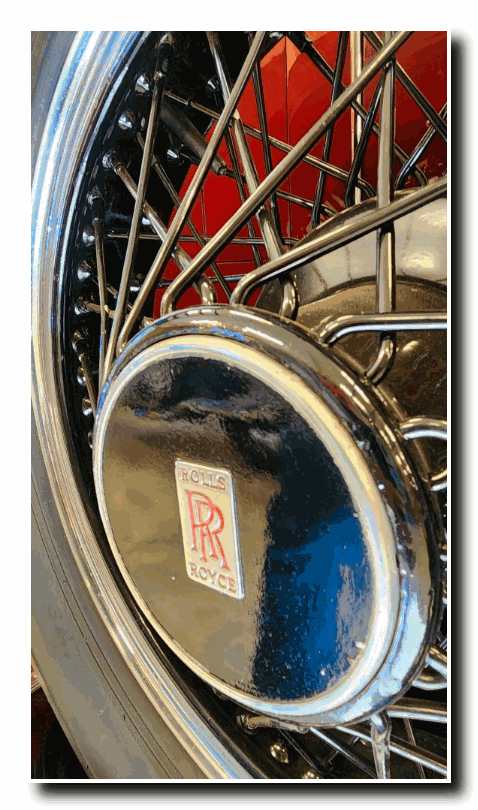
This vehicle went through a full restoration in the mid 1970’s and like all Rolls-Royce in collections, it’s had regular maintenance to keep it in perfect condition.
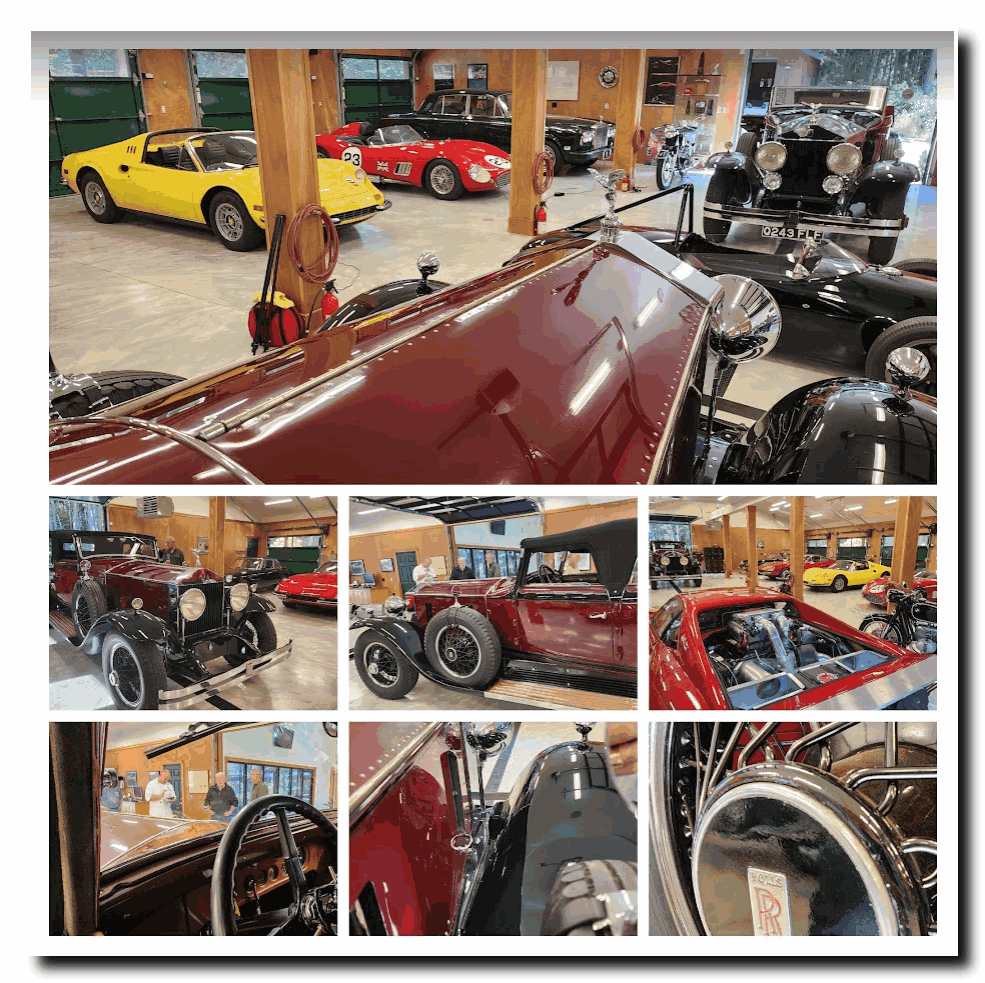
The second delivery, a 1930 Rolls Royce Phantom I / Regent Roadster by Brewster, is a strikingly comfortable and practical touring car.
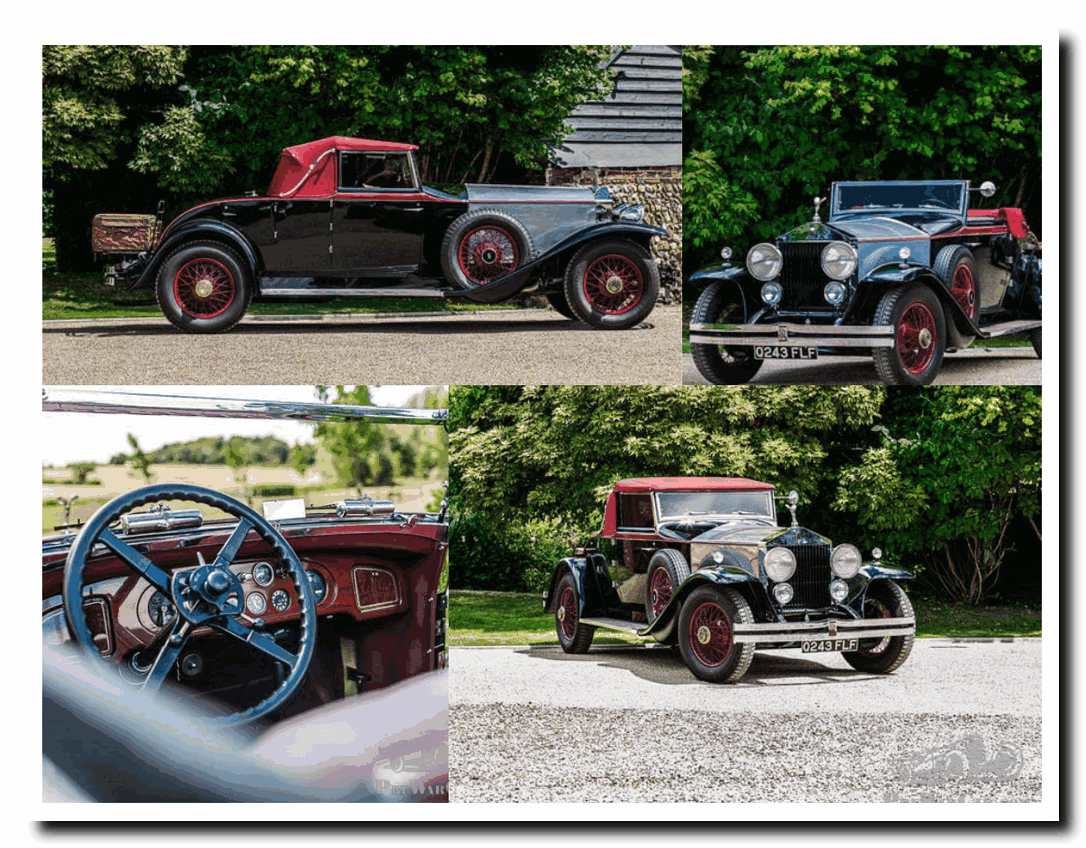
In fact, using it as his personal touring car, the previous owner drove it all the way from the Netherlands to Cairo, Egypt, a distance of about 3200 miles!
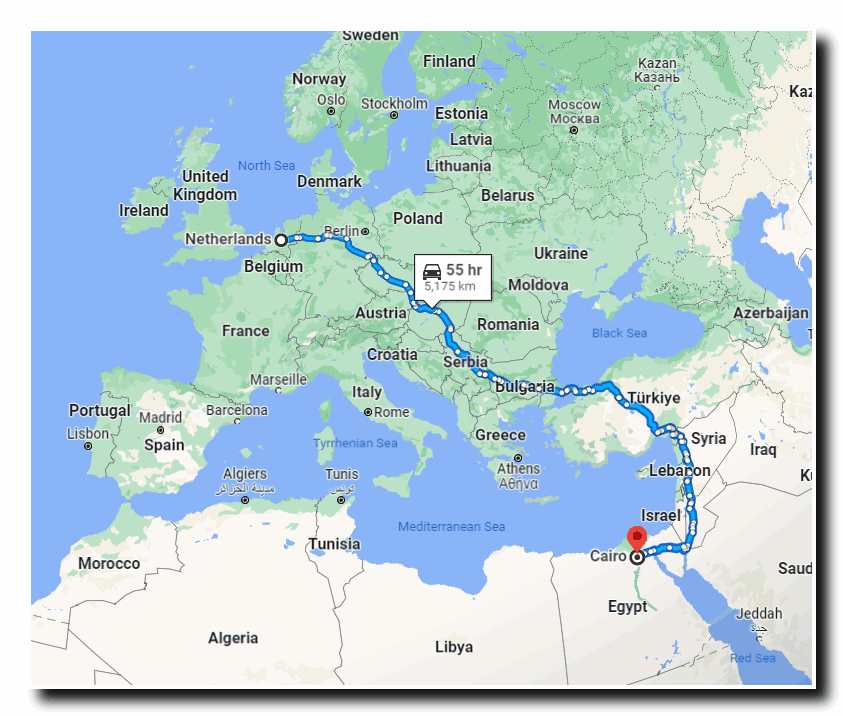
His son wrote this letter to Steve upon Black Horse Racing’s purchase:
My father was an absolute Bentley and Rolls Royce enthusiast. Many cars have come and gone. However, the P1 was his most personal car by far.
When I was 19 (in 1999) and had my driver’s license for a month or so, he sent me to London to trade in a Bentley Mulasanne and pick up this car at Frank Dale’s and drive it home, to the Netherlands, a nerve wrecking and great way to gain experience as a young driver.) A few years later, he took the car on an adventurous trip: to drive it from Amsterdam to Cairo, Egypt. This was in 2001, and he drove the car through Europe into Serbia, Bulgaria, Syria, Lebanon, and Jordan. Countries you would think twice to drive nowadays. As much as he was into cars and sailing, so small was his interest in photography, which is even an understatement. He took a picture at the start of this trip in boring old Holland, and a few pictures at the end of the drive in Egypt, nothing in between.
It makes me happy to know that the car will be in the hands of an even bigger adventurer after all these years, and I wish you many happy trips with the P1. I have attached a photo of this car next to a Pyramid, which I thought was quite unique.
Proof of this feat was established by a photograph of the car next to some vaguely familiar rock piles.
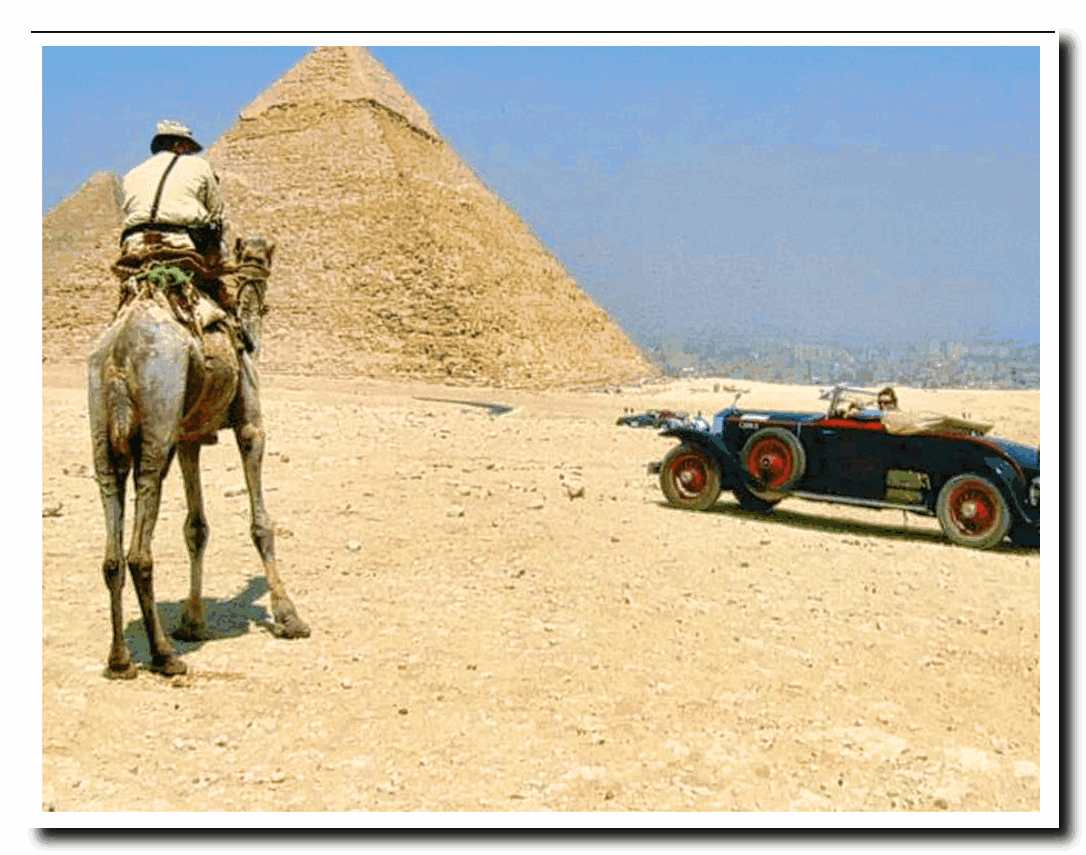
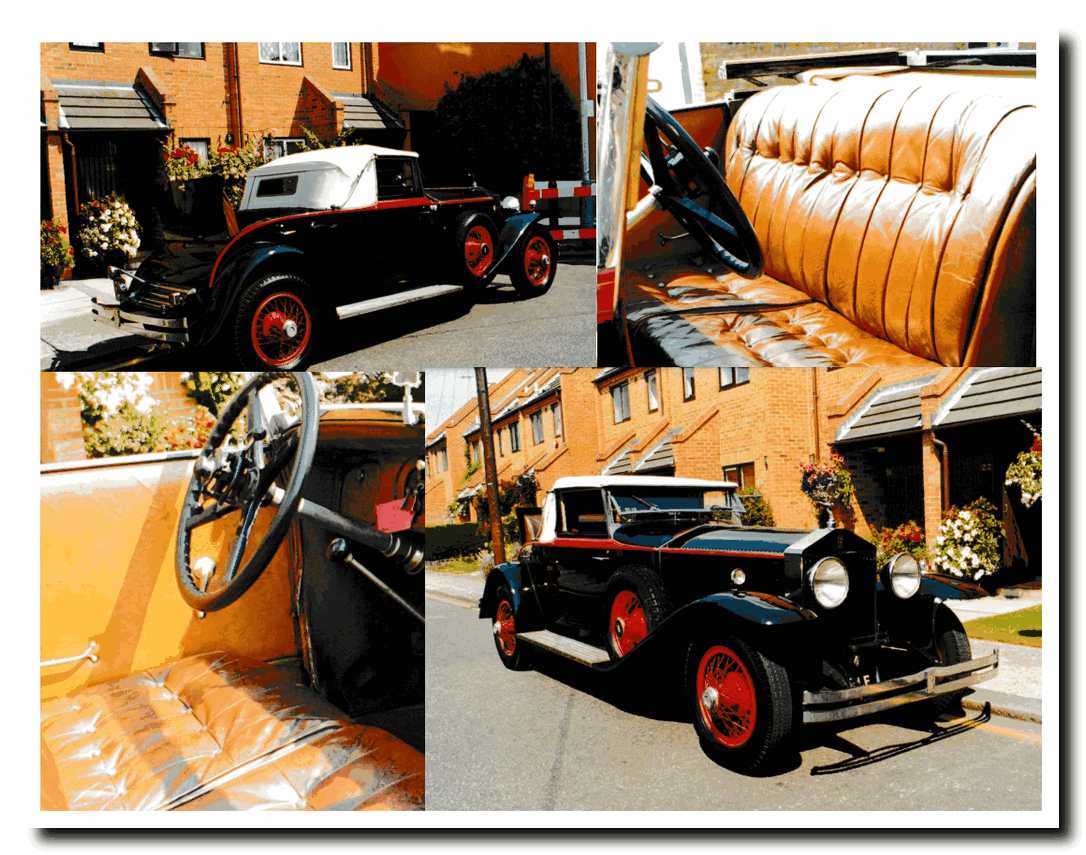
Like the 1929 vehicle before it, some restoration and sorting was performed by Red Car Restoration in Texas. Then it was shipped to new owners at Black Horse Racing.
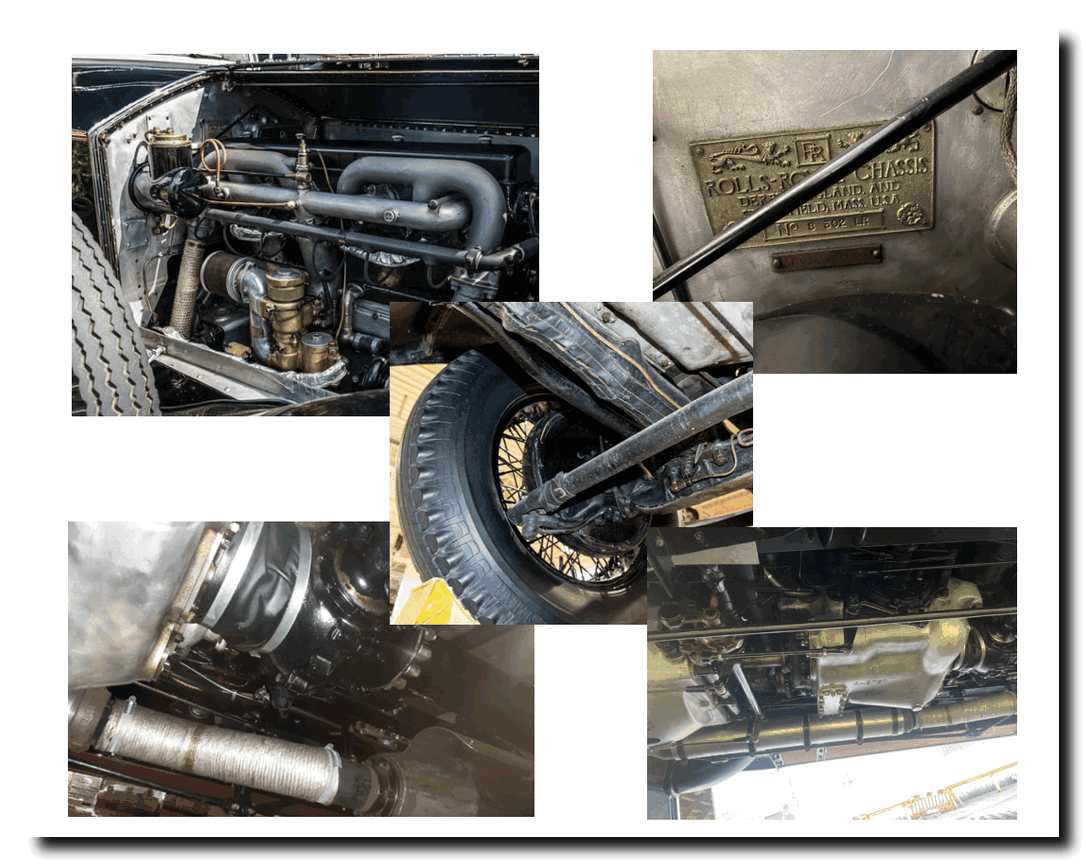
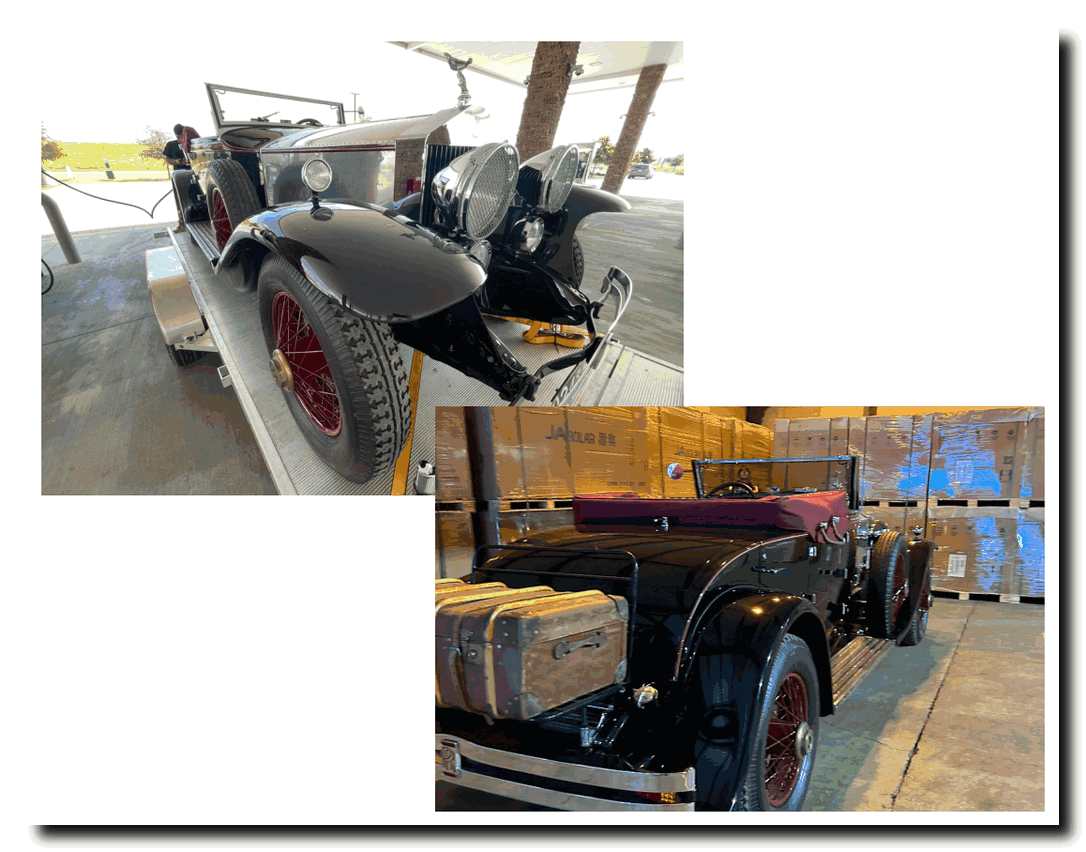

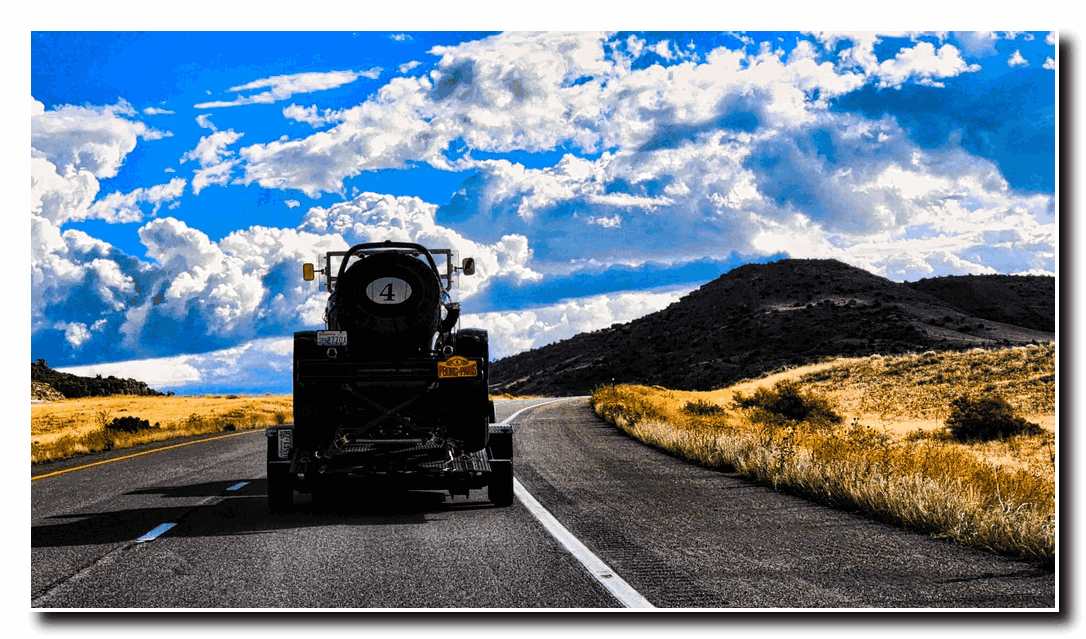
In late September, we drove to Colorado with the ALF #4 (or the American LaFrance speedster) following close behind us. Well, the ALF was on our trailer. But the scenery and fall colors that we anticipated while driving the central Colorado mountain range did not disappoint.
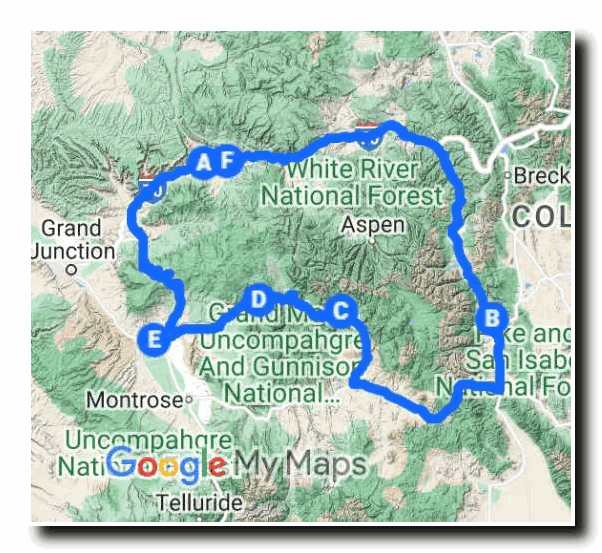
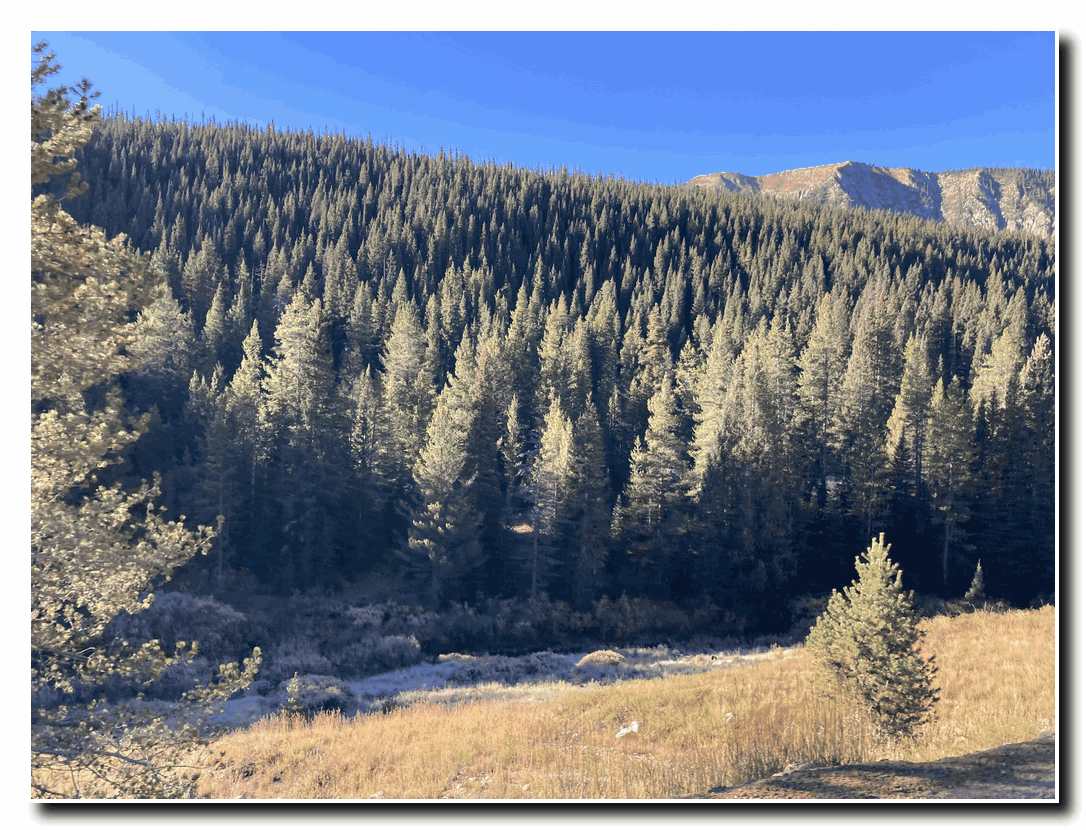
Starting at the famous World War II Camp Hale, Katherine and I chugged up the 10,000 foot Tennessee Pass on the continental divide and continued to Leadville. Then we drove along many backroads to Cottonwood Pass at 12,000 feet, and over Keebler Pass. What a journey it was. Here are some of our photos.
On the way back to our home-base in Washington State, we stopped at the Rangely, Colorado Automotive Museum to see our good friends Bud and Vicky Seigel, and also to check in on the ALF #1 which is a duplicate of the ALF #4. It resides at the antique car museum after its notable excursion in the Peking to Paris Race of 2016. Stop in to see it sometime.
Believe it or not, you missed a great concert at the Trafton’s. Well, maybe it was a trio of wonderful musicians, two of whom wore masks. But we know who they were. Here is a three-minute excerpt from their full performance. If you want to watch the whole show, click on this link, and you’ll hear Brahms, Chopin, Saint-Saens, (Francois) Schubert, and Morricone. Featuring musicians: Angelique Poteat on clarinet, Efe Baltacigil on cello, and Nozomi Khudyev on piano.